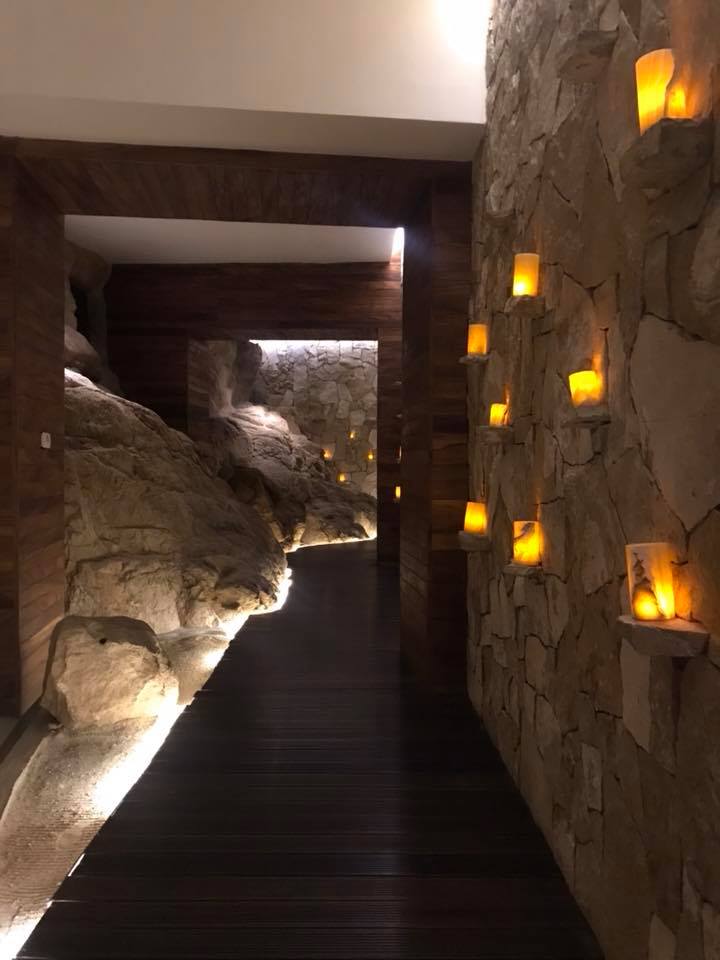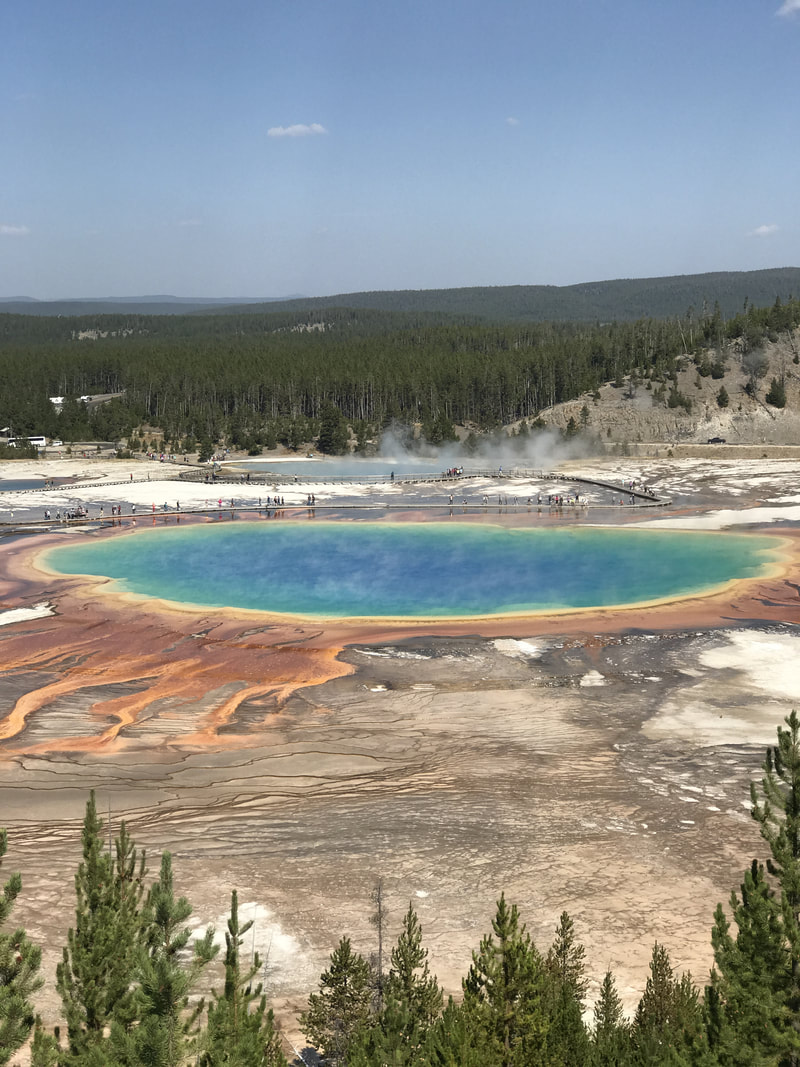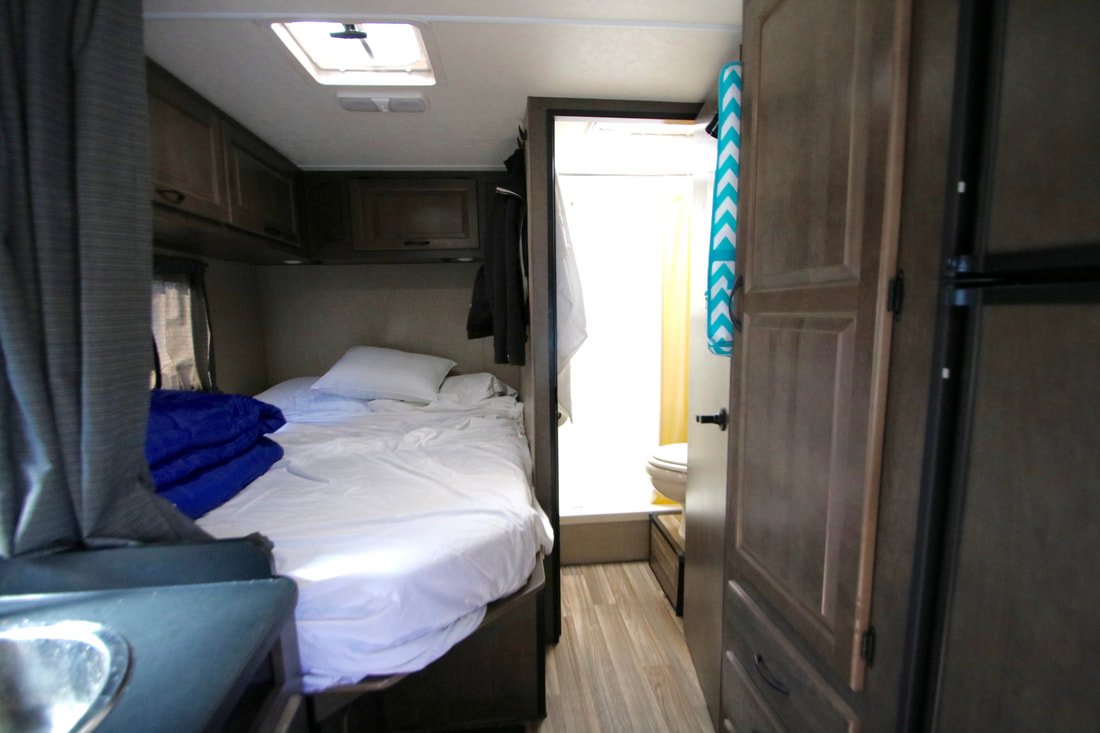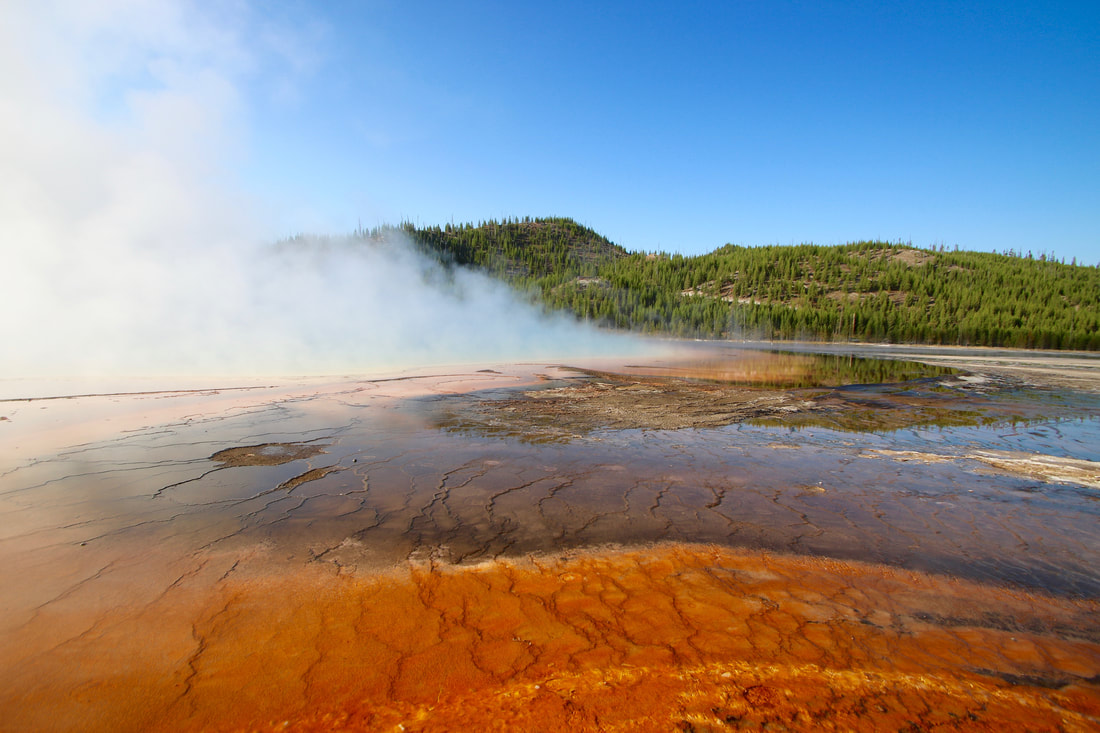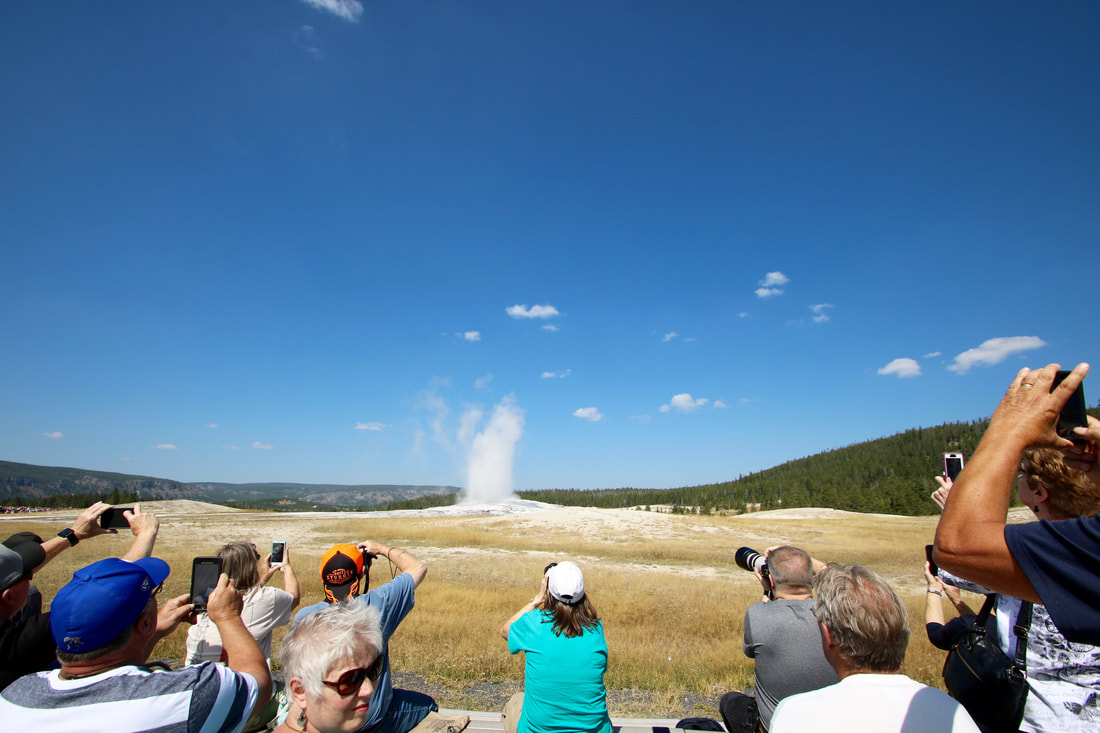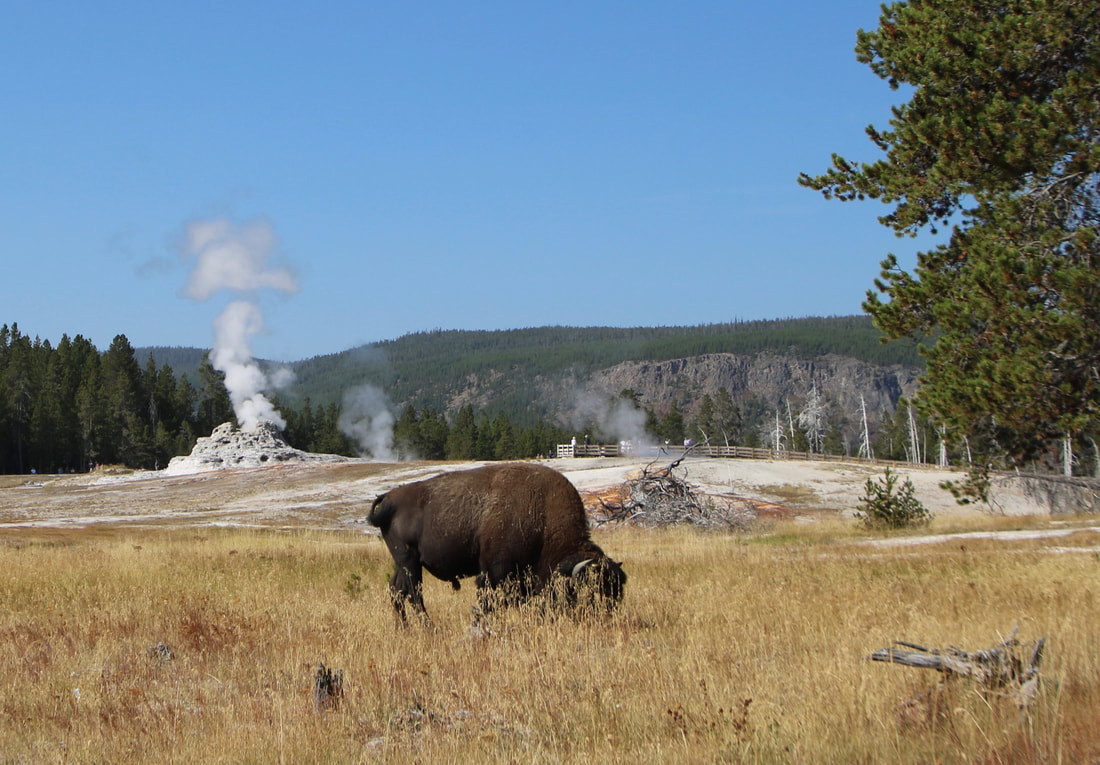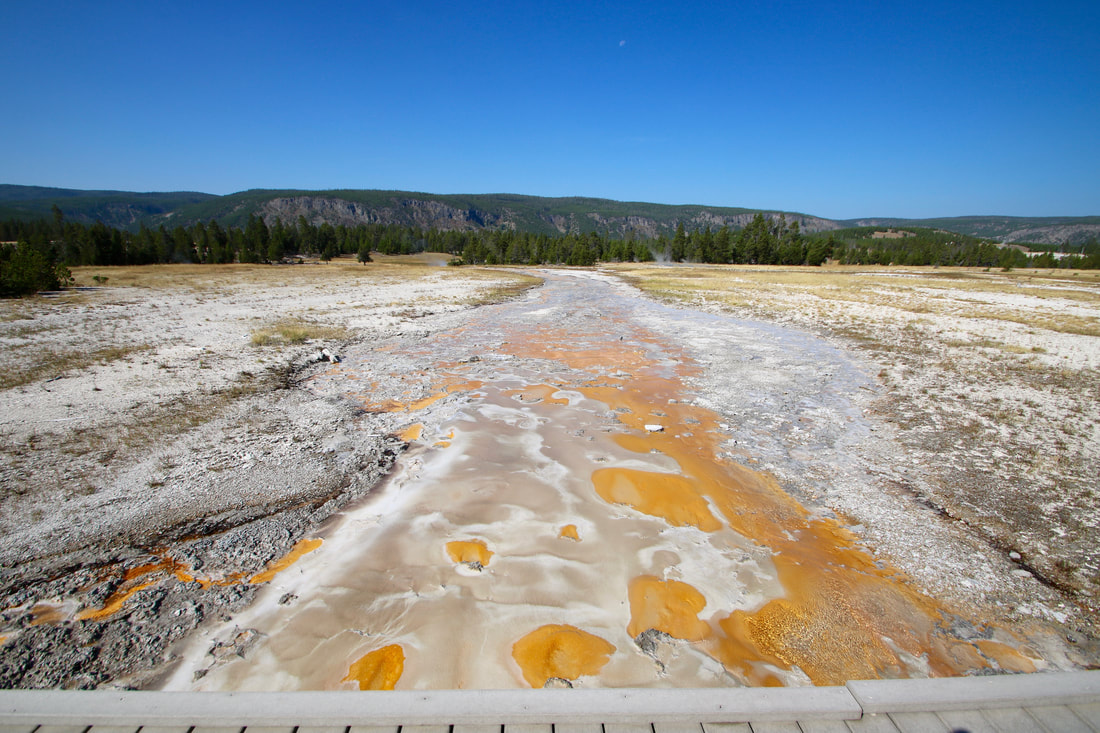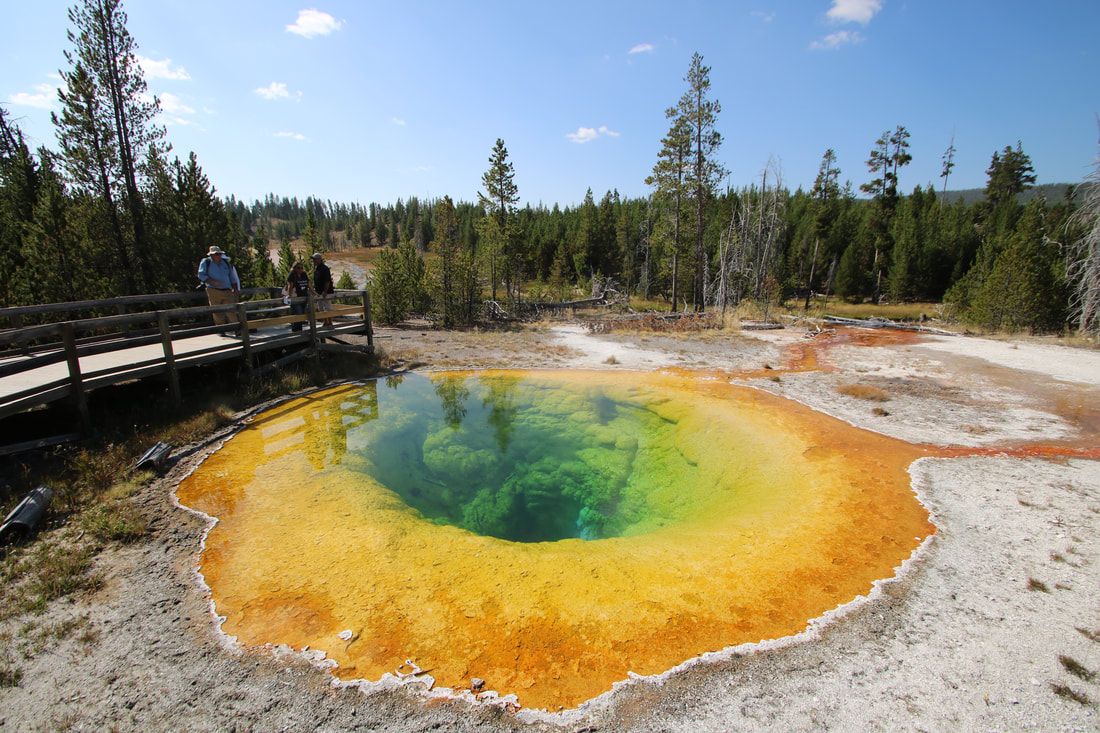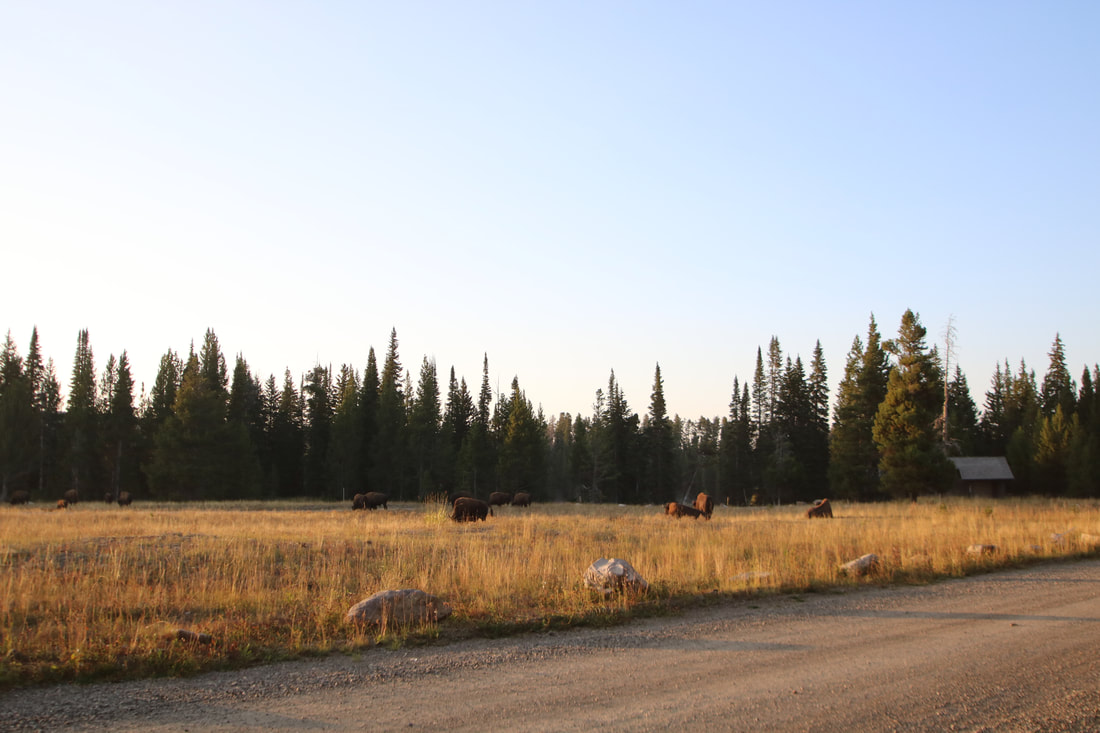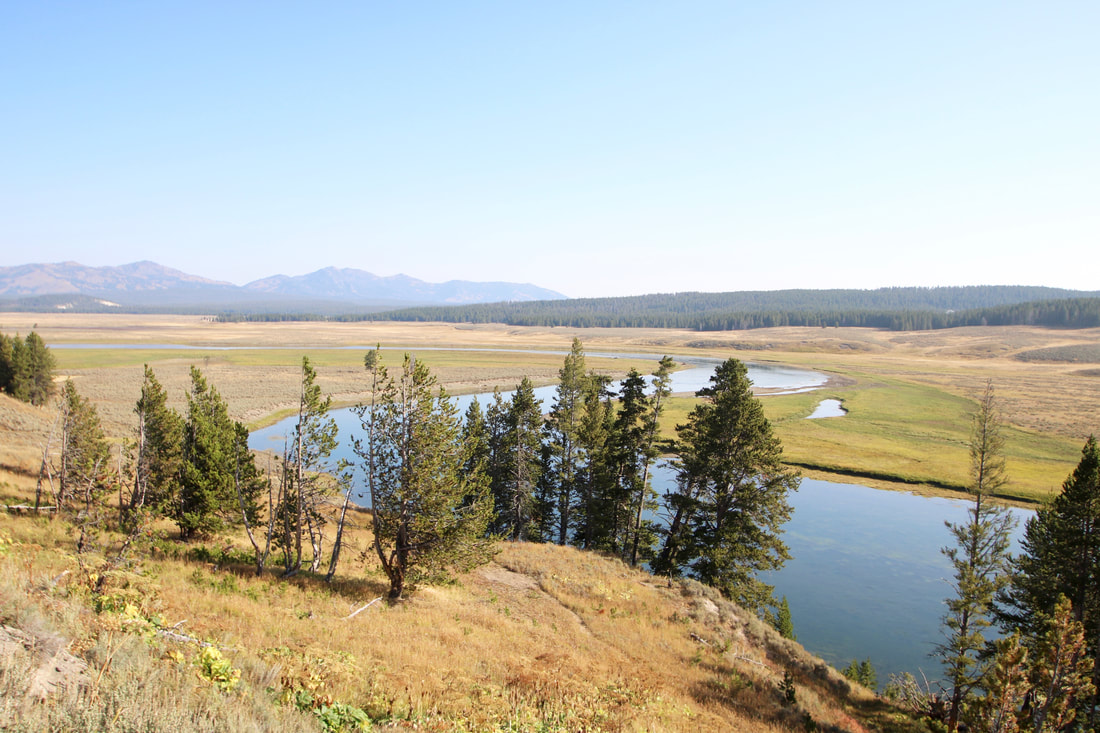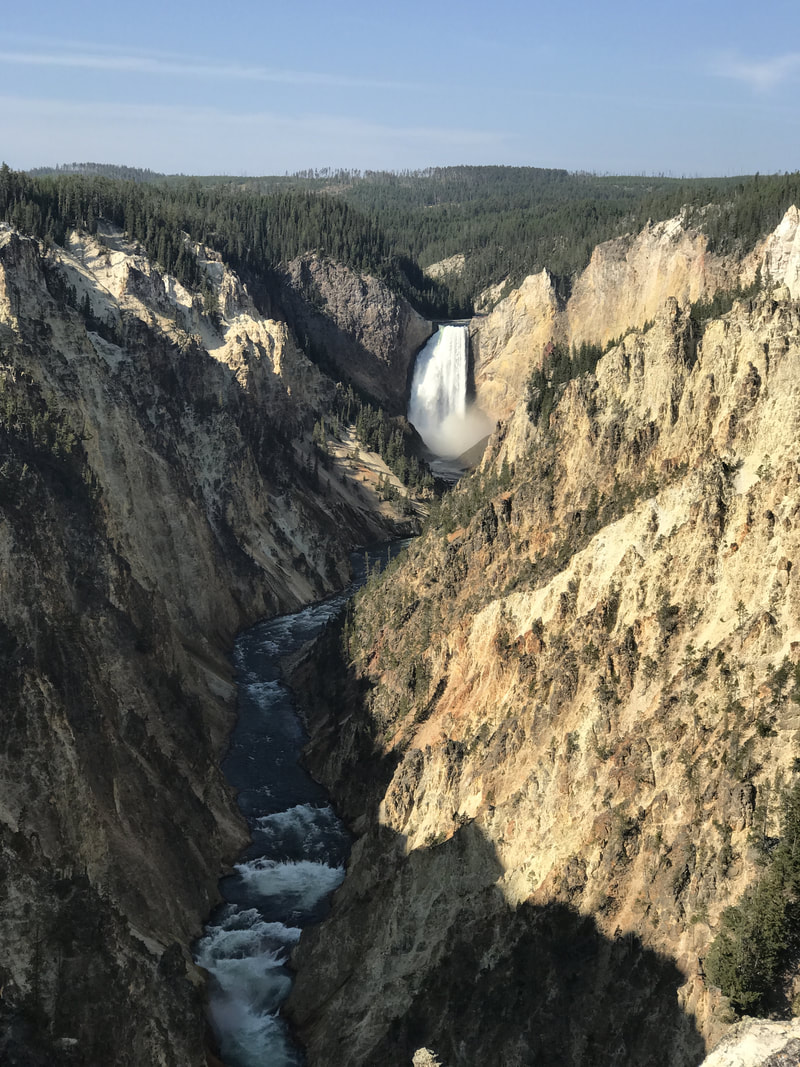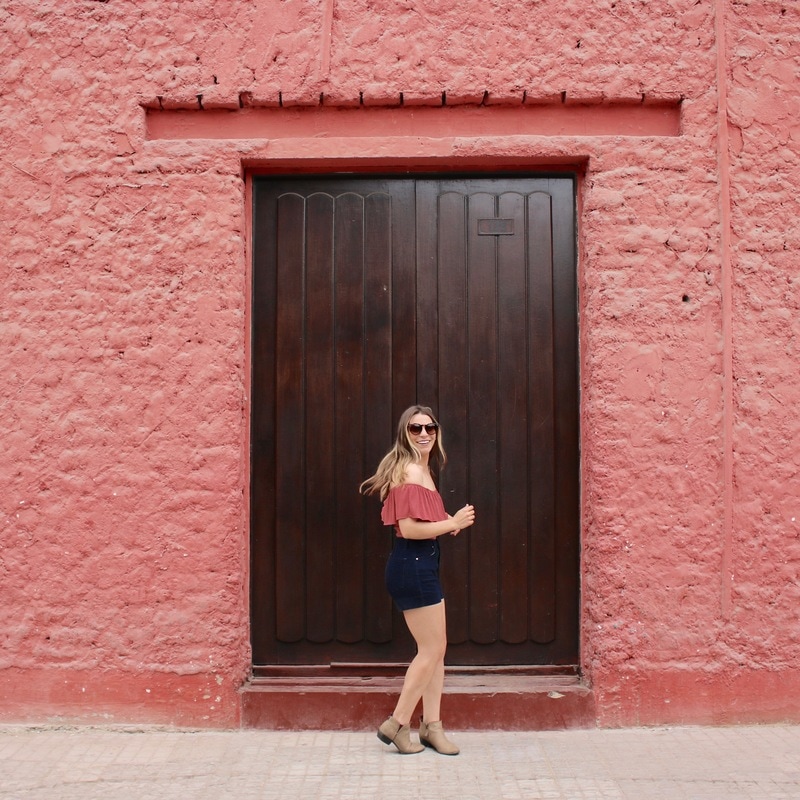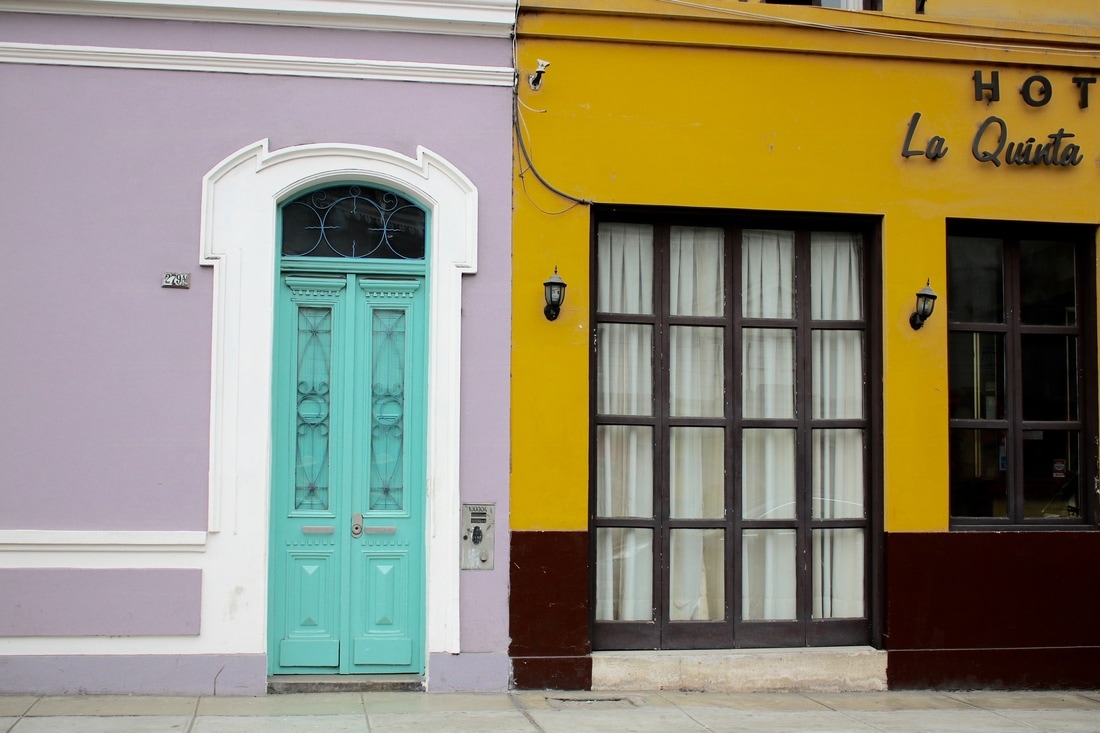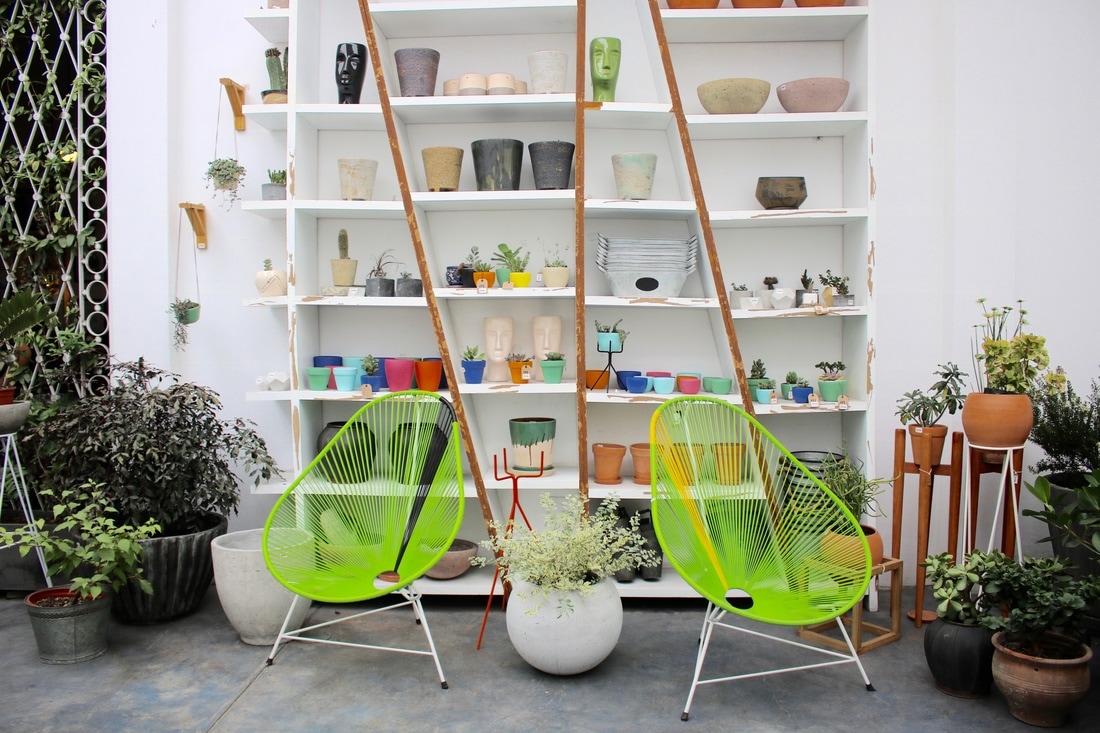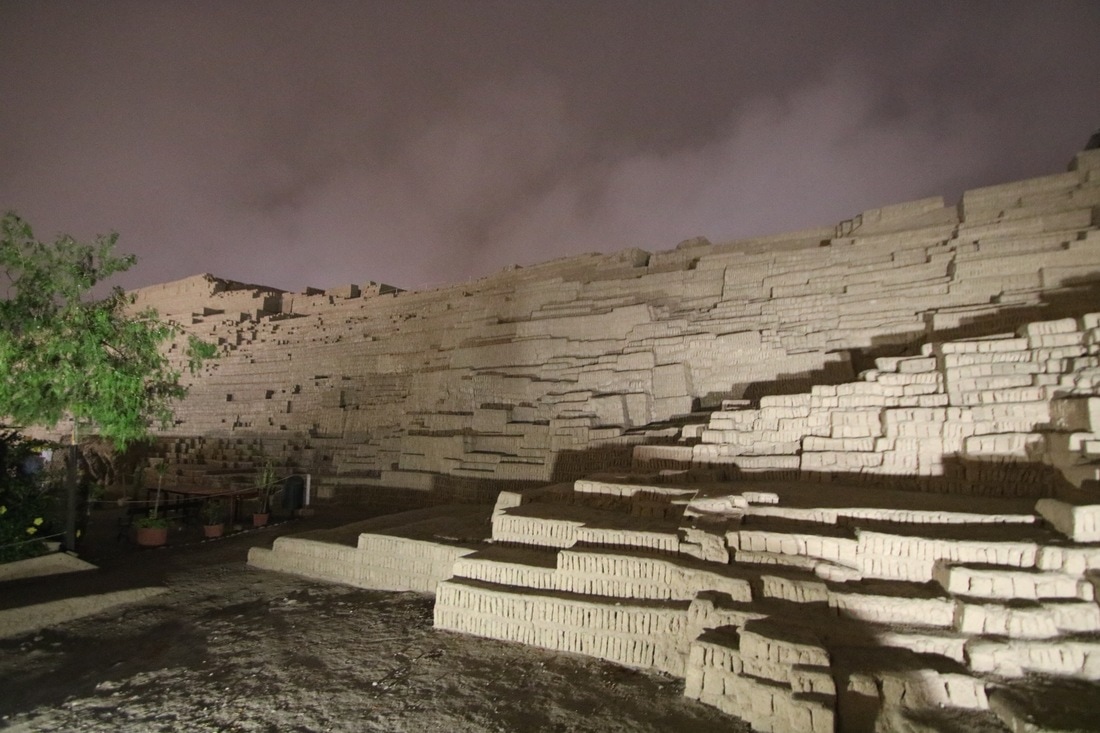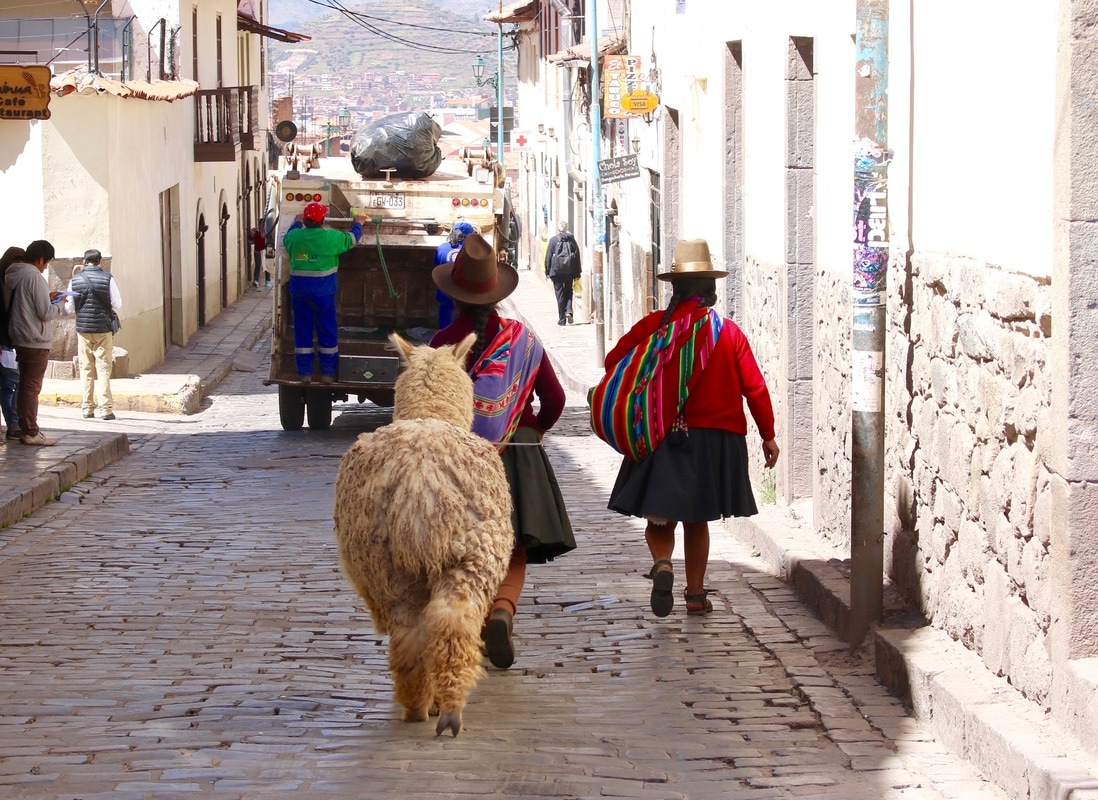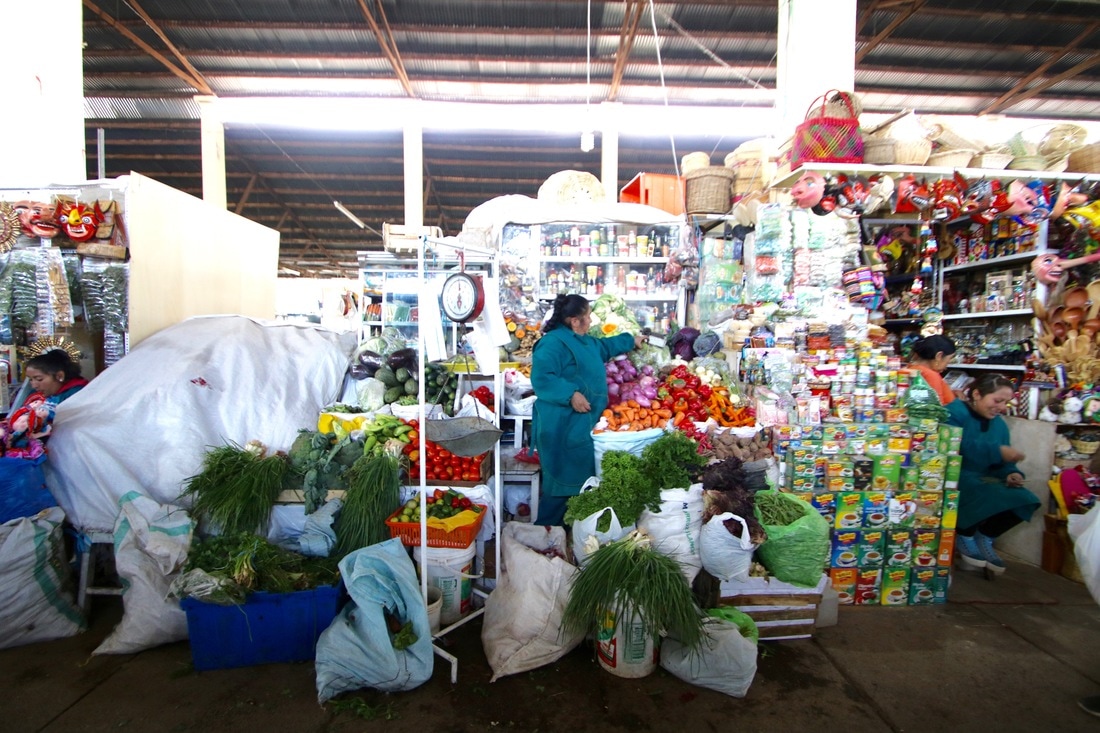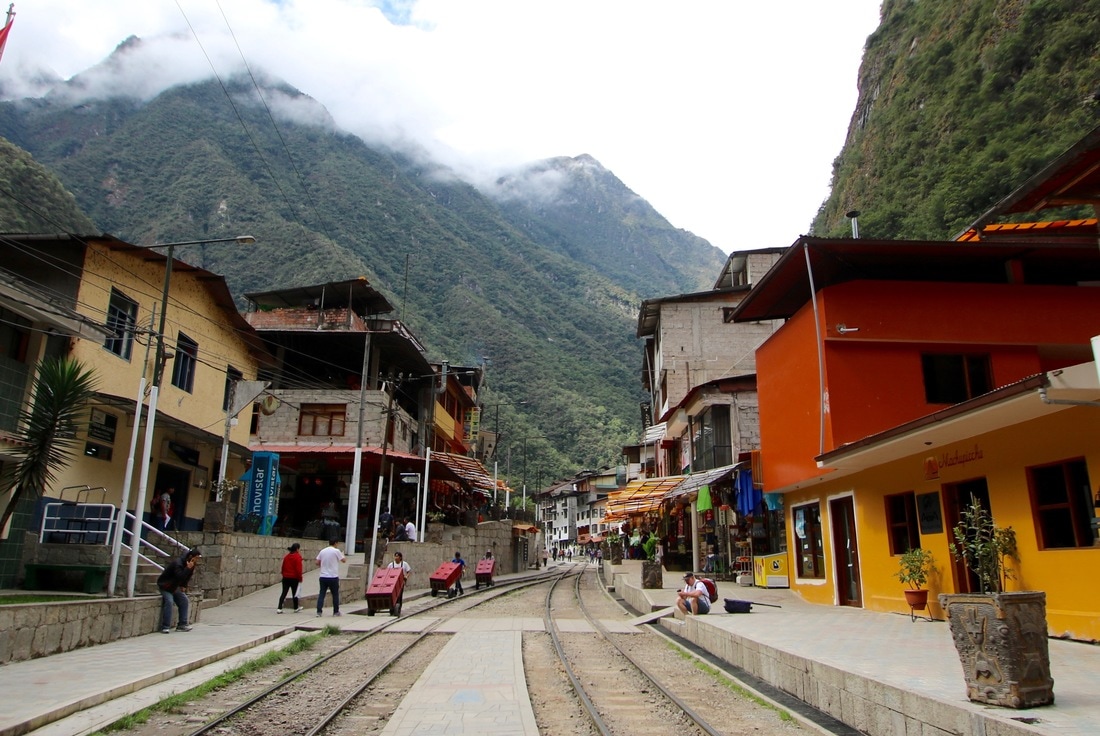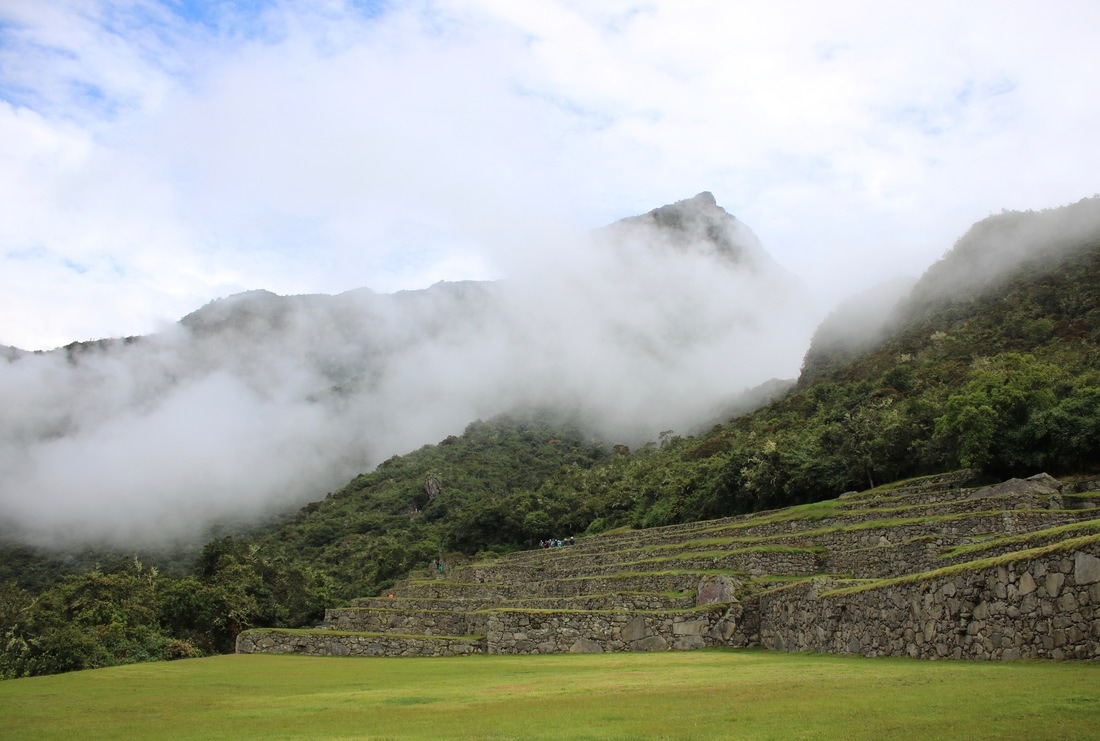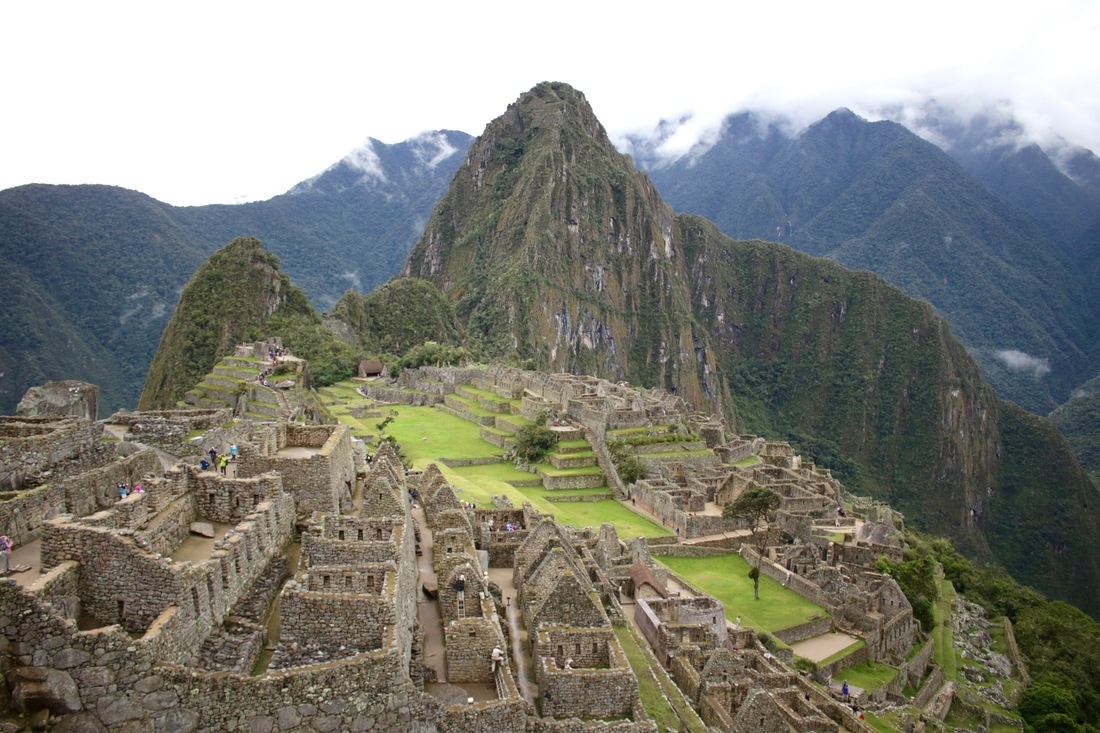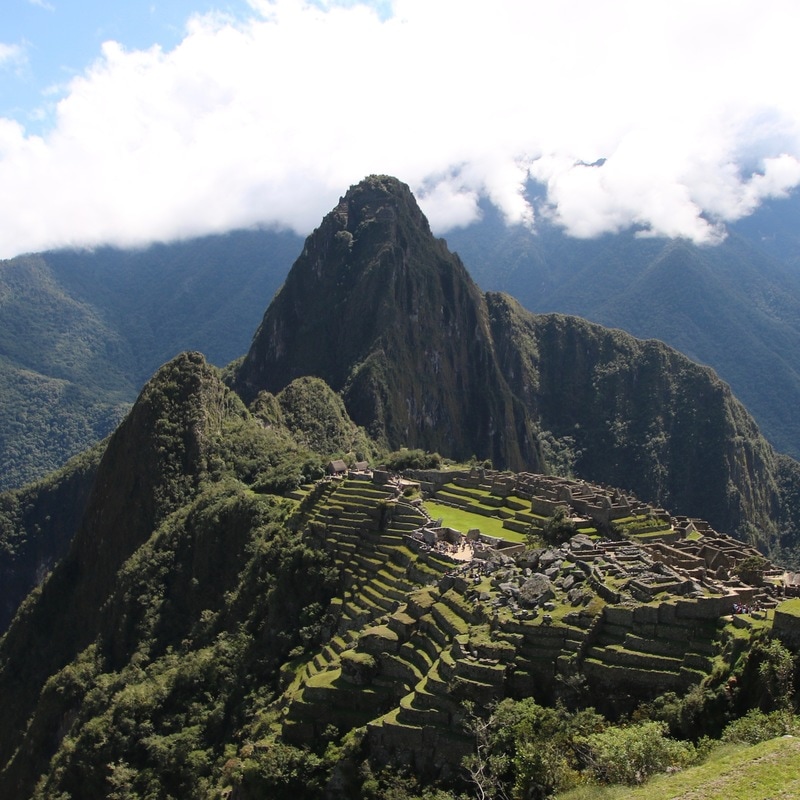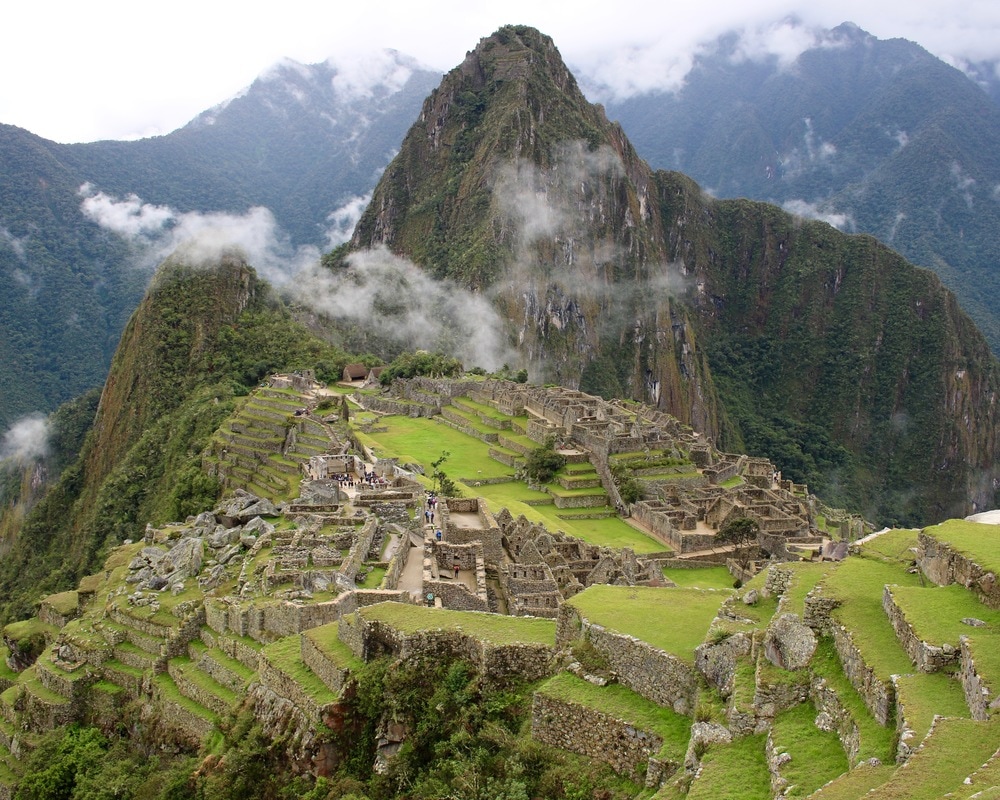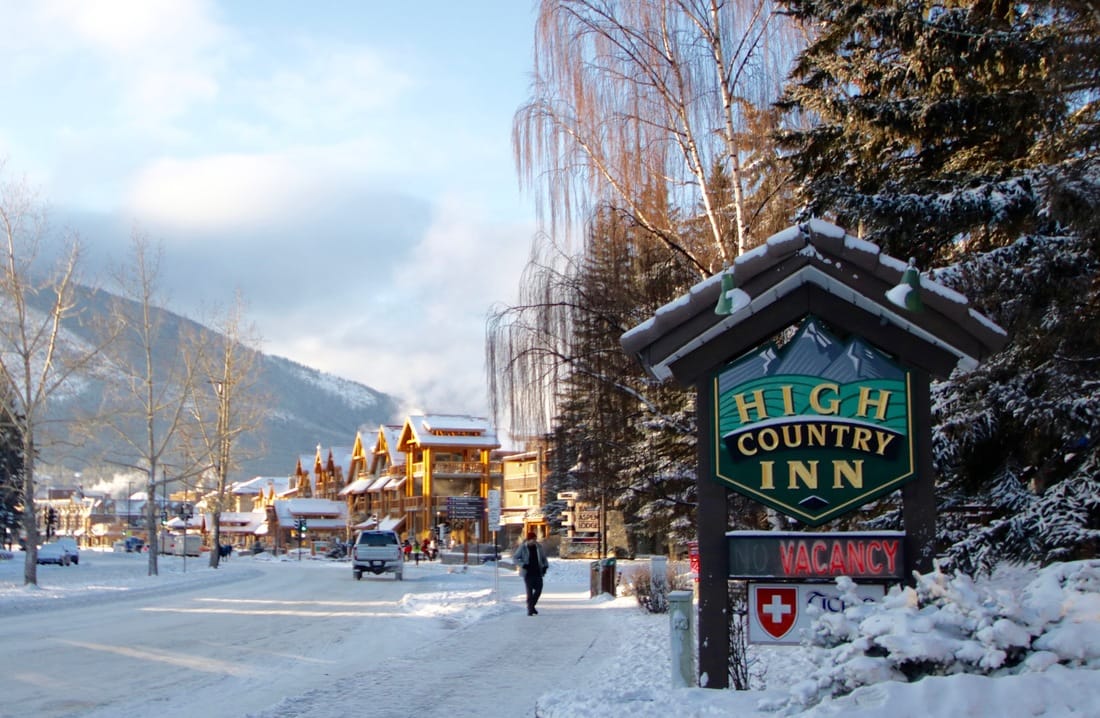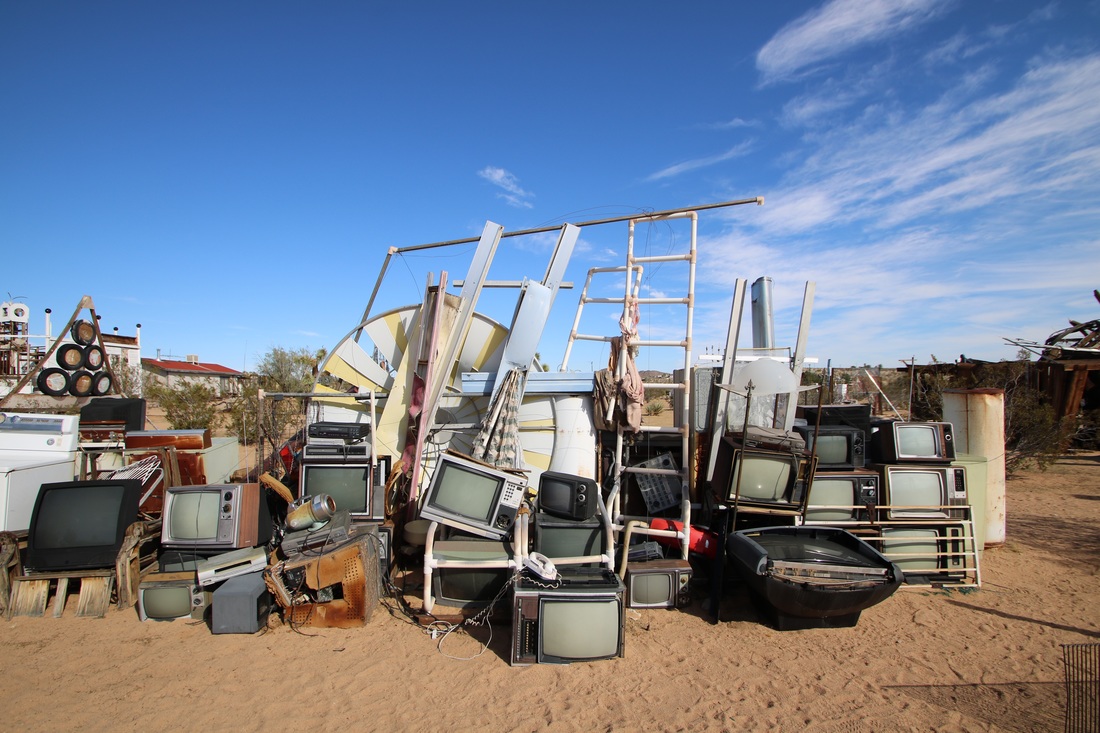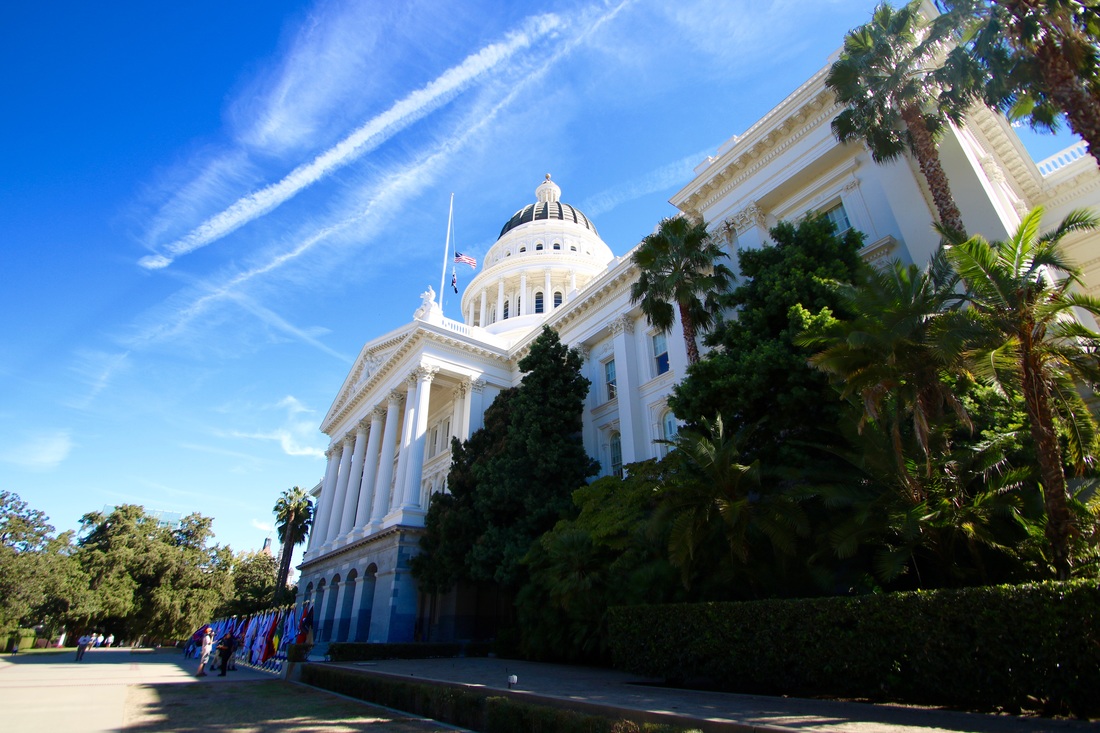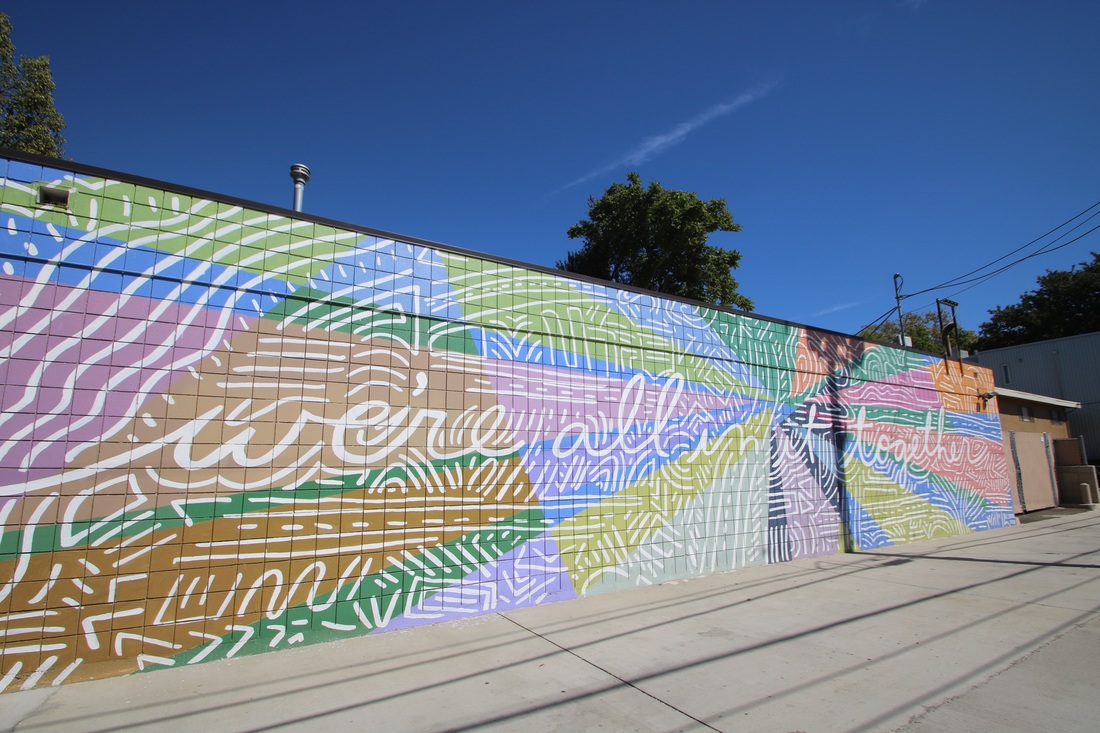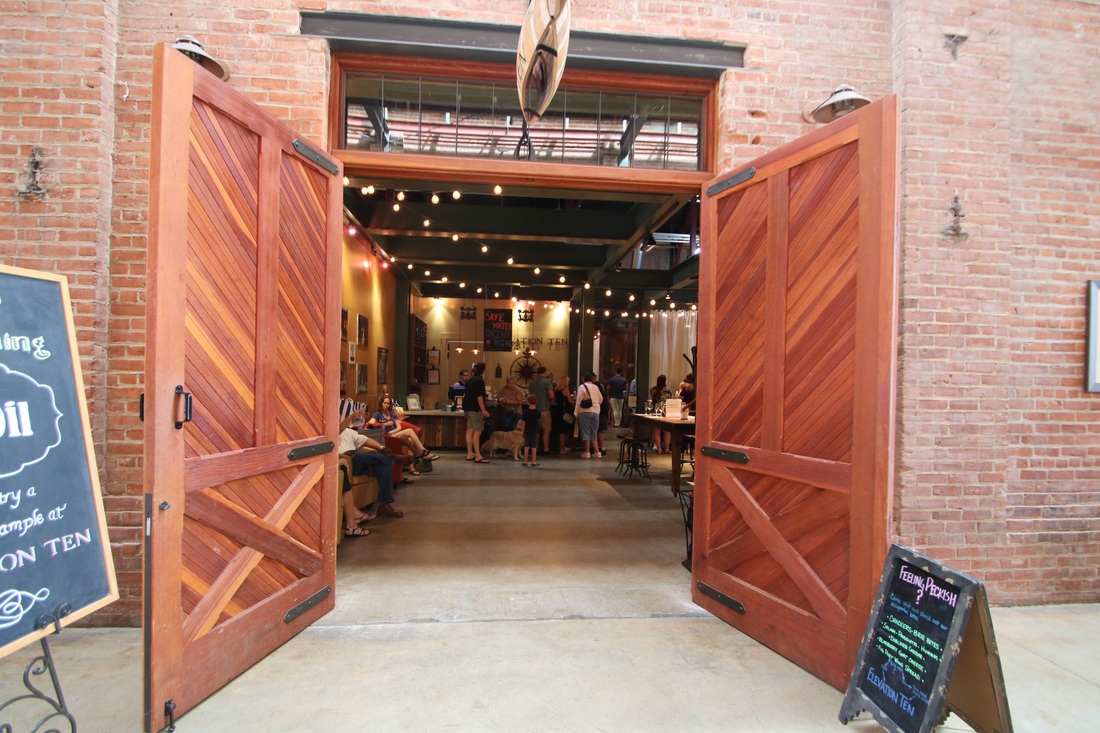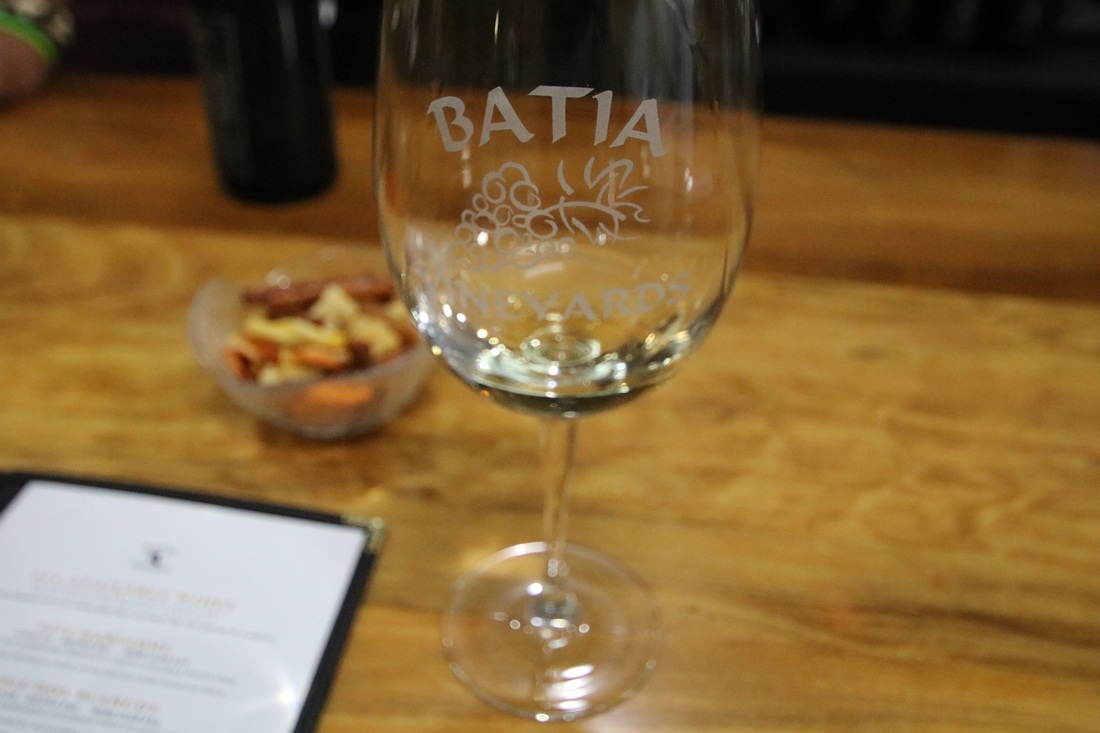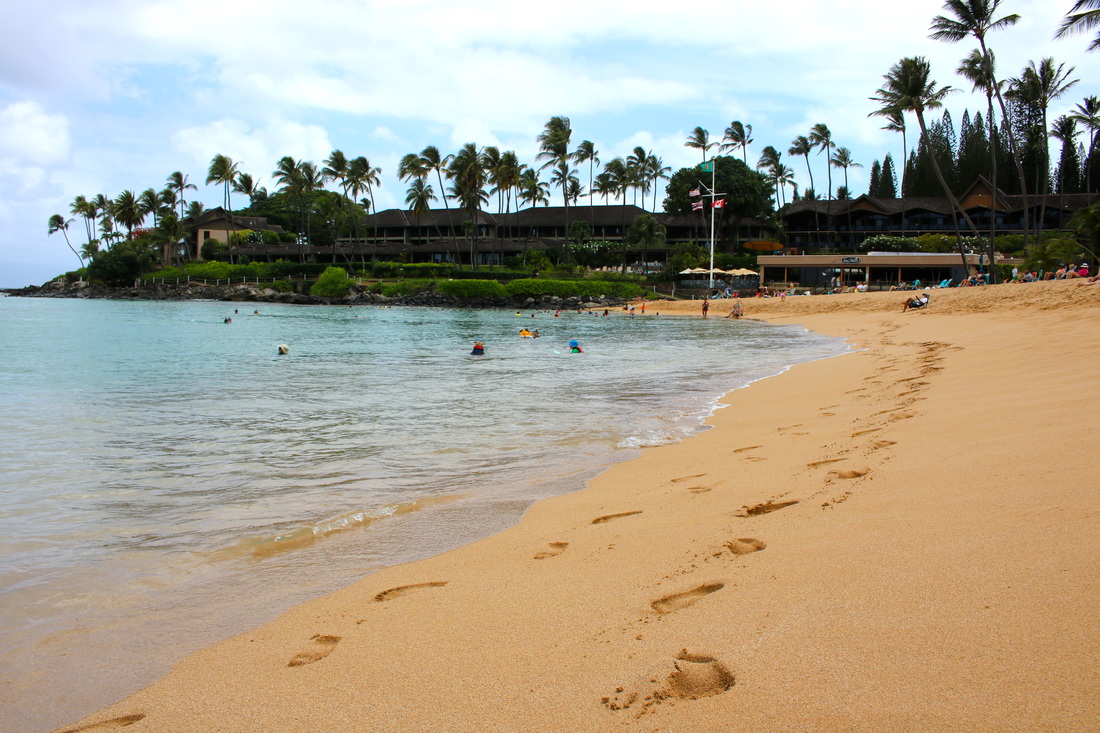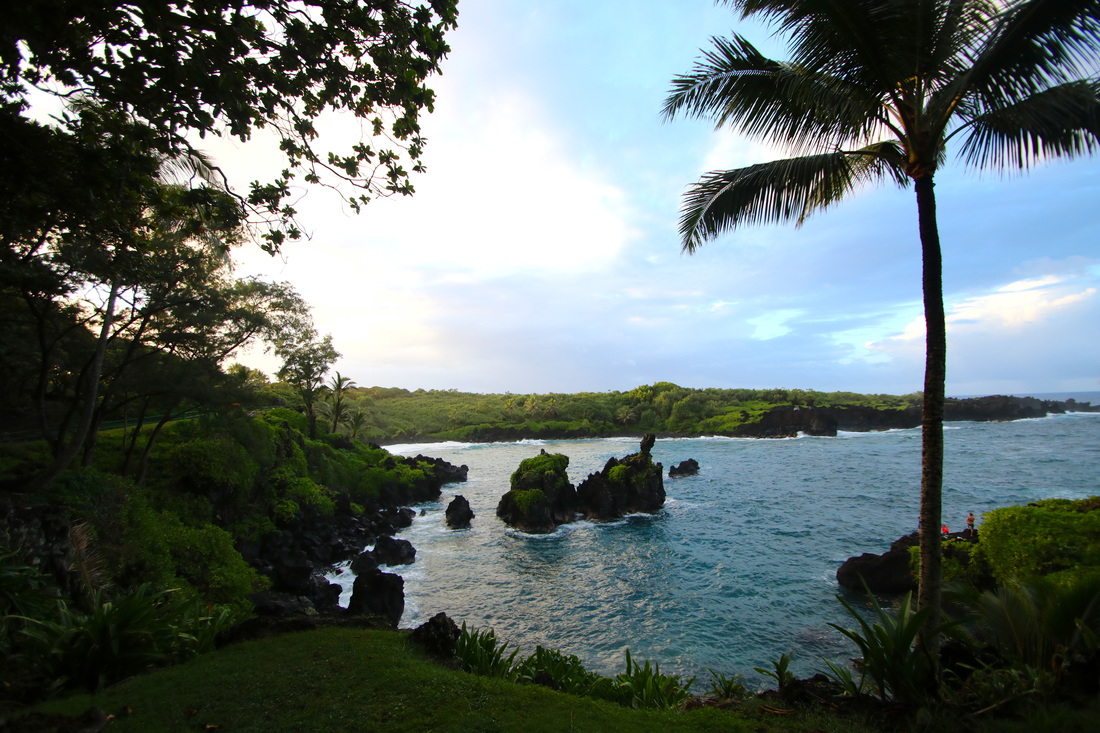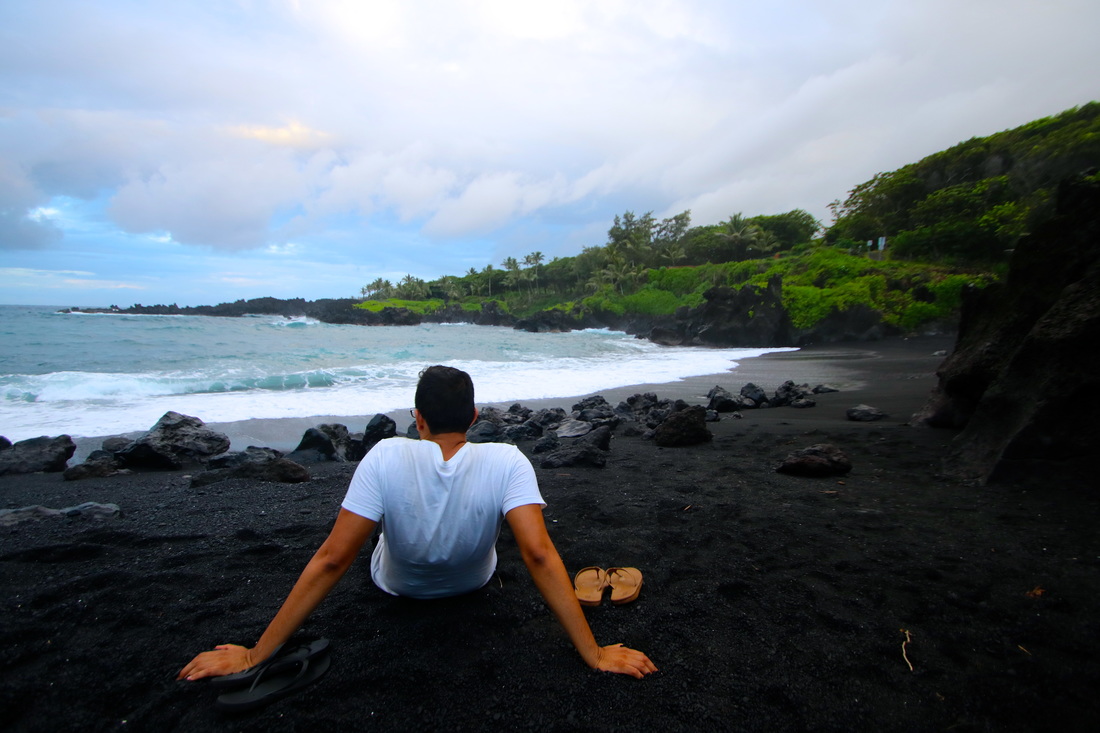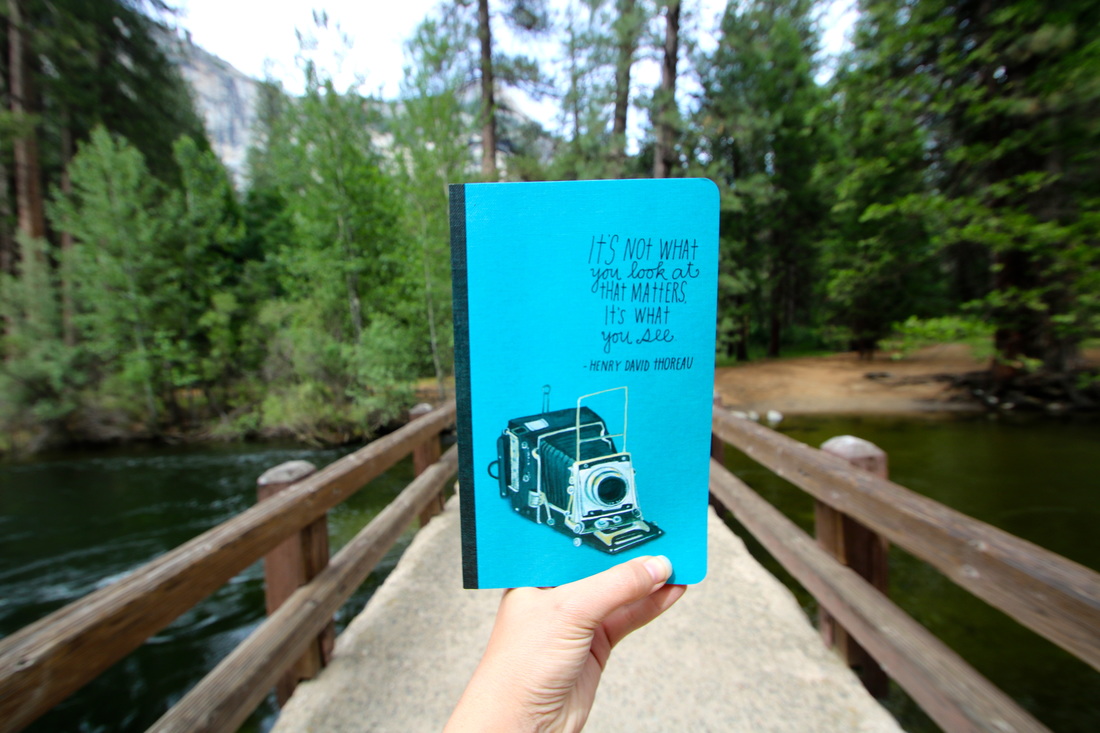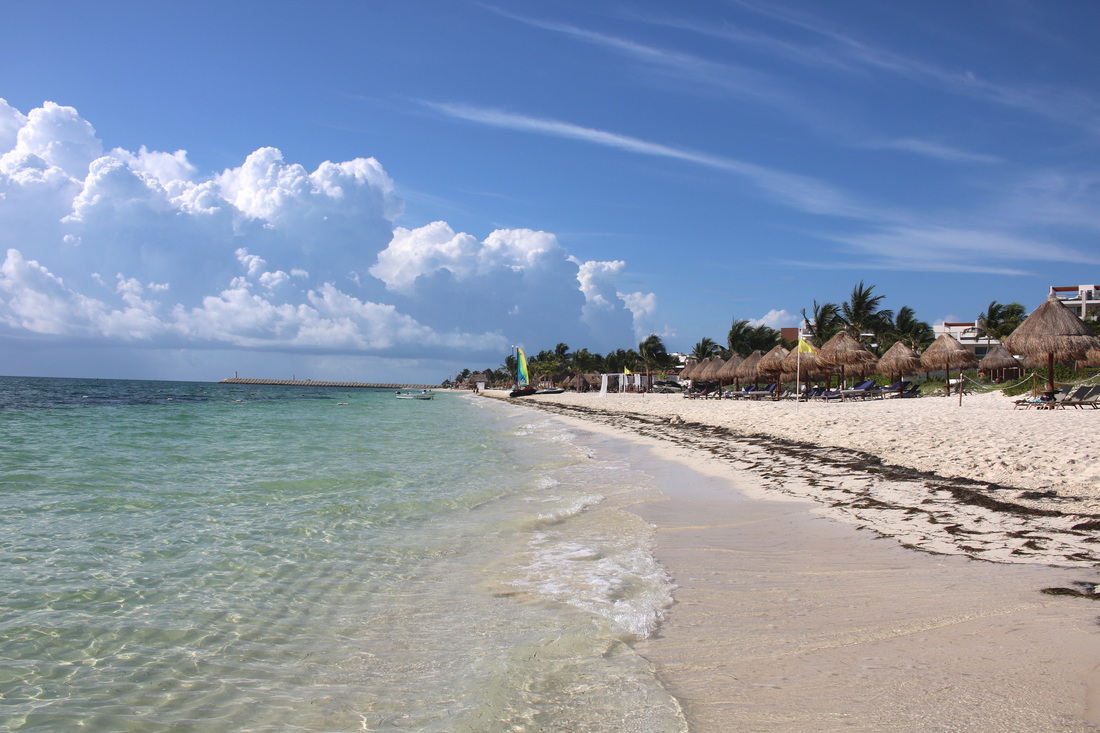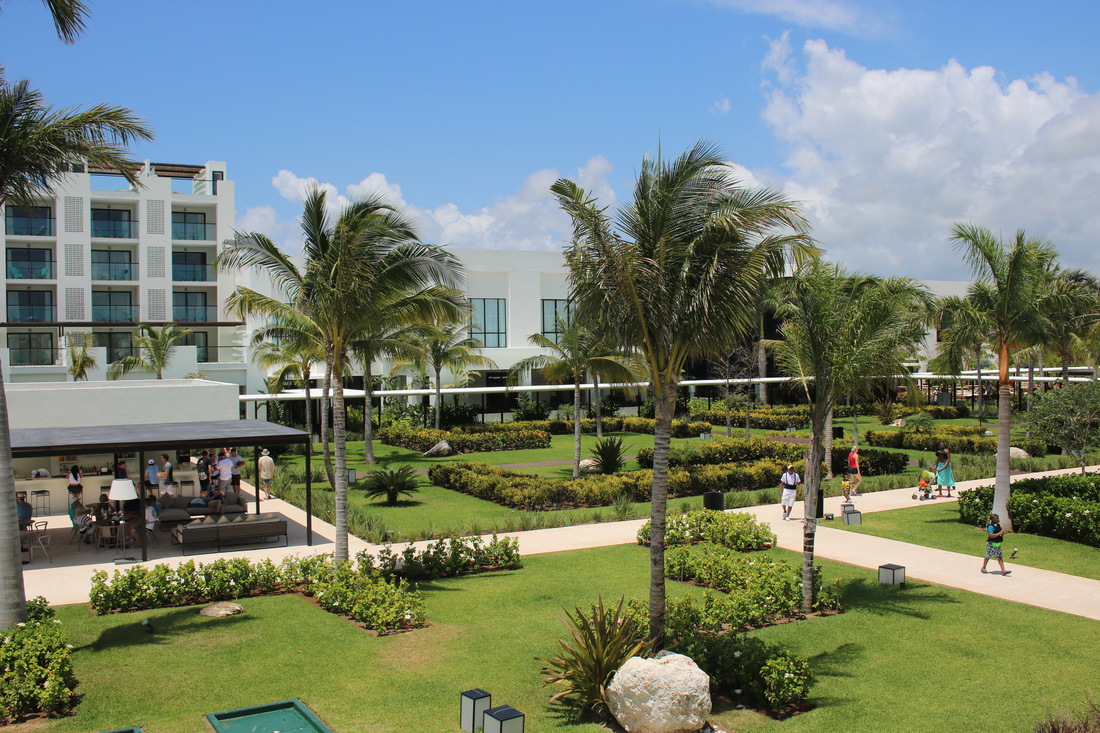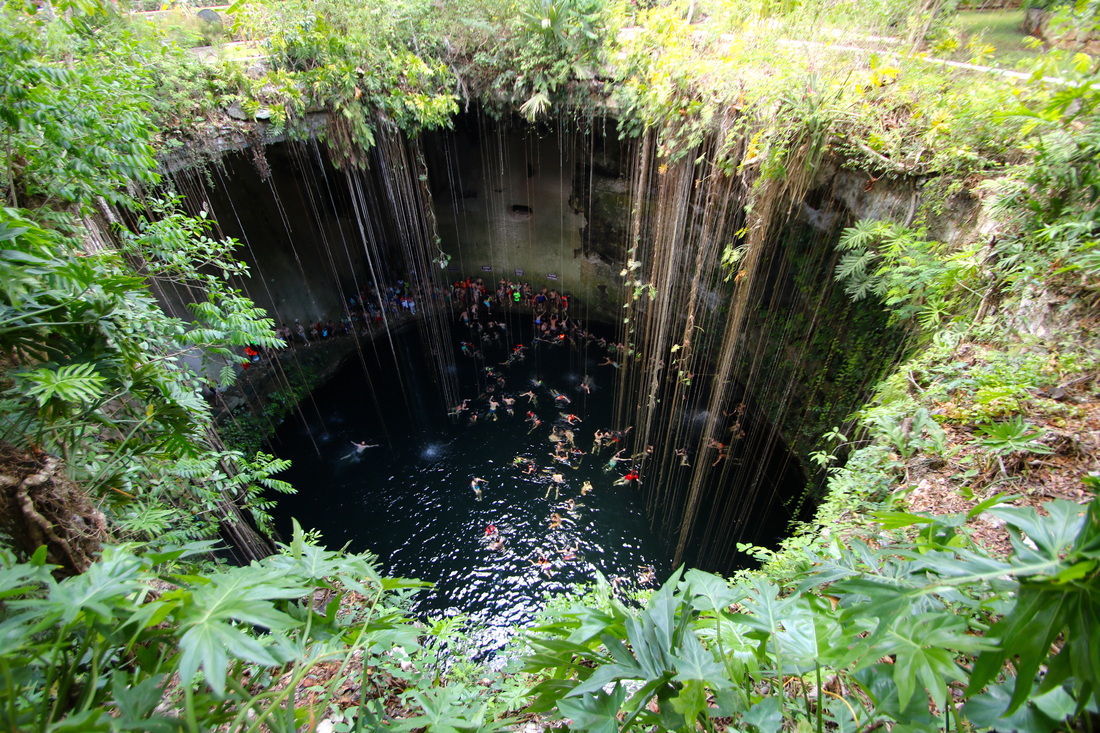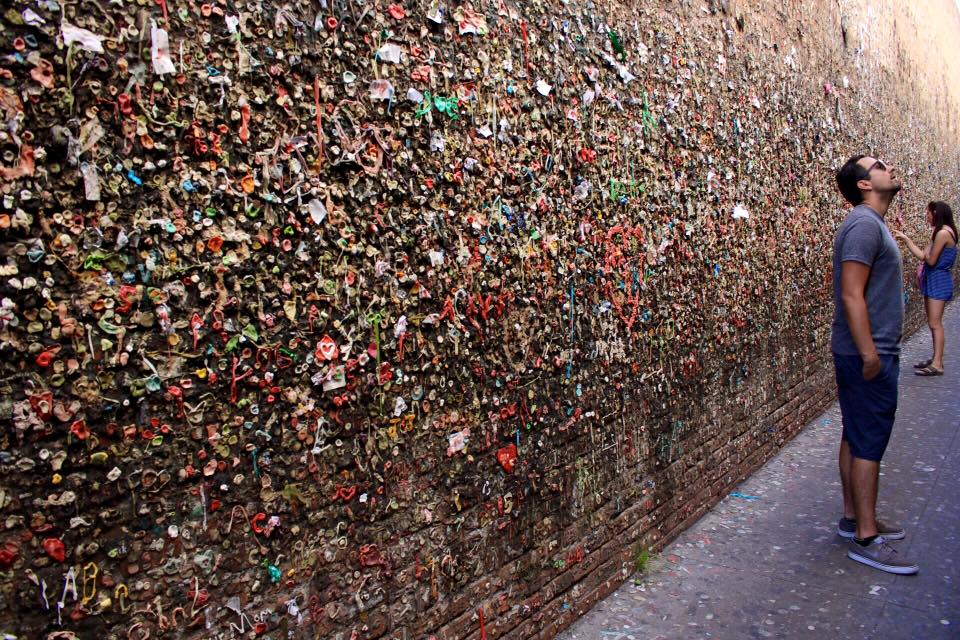|
While most of my Getaway from LA trip posts like Peru, Yellowstone National Park, and Cancun (scroll for more) are lengthy and include many details/tips for visiting both local/global destinations, I’m going to keep this blog post short and sweet. :) I didn’t bring my DSLR camera on this getaway (it can be a lot to carry around, and I wanted to not have to lug around a bag everywhere I went), so opted to take a few pictures on my phone instead throughout the weekend.
I recently attended a destination wedding in Cabo San Lucas, Mexico, and decided to make a 4-day weekend trip out of it. Cabo San Lucas, most commonly referred to as just, “Cabo,” sits at the most southern part of Baja California, on the Pacific Ocean side of Mexico. Cabo, attracting visitors mostly from the United States and Canada, is best known for its beaches, scuba diving and water activities, resorts, and nightlife. Most of the weekend was spent at our resort, Sandos Finisterra, with a large group for wedding activities, but we were able to spend an afternoon at the hotel’s spa (which was lovely!) and went on a gorgeous sunset cruise to Cabo’s iconic arches. The arches are one of the most iconic tourist attractions here, and at certain times of the year, the sea level falls low enough here that visitors can walk on the beach underneath the arch. I’d love to go back here again one day to explore more of the city. Until then, thanks for the good times & good views this time, Cabo! Destination weddings are the best and so full of love and fun. To read about another trip of mine to Mexico – specifically to Cancun – visit this link: http://www.detourla.com/getaway-from-la-trips/cancun-mexico To read more about Cabo if you’re planning a trip there, visit these links: http://visitloscabos.travel/ http://www.travelandleisure.com/travel-guide/los-cabos https://www.lonelyplanet.com/mexico/baja-california/cabo-san-lucas For all of the things to do and see in Cabo, visit these links: https://www.tripadvisor.com/Attractions-g152515-Activities-Cabo_San_Lucas_Los_Cabos_Baja_California.html https://travel.usnews.com/Cabo_San_Lucas_Mexico/Things_To_Do/ https://www.lonelyplanet.com/mexico/baja-california/cabo-san-lucas/travel-tips-and-articles/top-10-things-to-do-in-cabo-san-lucas/40625c8c-8a11-5710-a052-1479d277dbd8 Happy adventuring, my friends!
0 Comments
Last week my boyfriend and I flew from LAX to the gorgeous and woodsy Missoula, Montana for our good friends Jake & Jill’s wedding. Their wedding was one of the most beautiful and fun weddings we’ve been to, and they sure know how to throw a party! Their entire event from start to finish was Pinterest board worthy, and you can tell how truly adored they are by how many wonderful people attended (and how many new friends we made!). If you’re interested, check out the hashtag #jakeandjillwedupthehill on Instagram for some snaps of their wedding. I would give you an overview about what we did in Missoula but we mostly just did fun wedding-related festivities with our friends, and I would give you an overview of where we stayed in Missoula, but we stayed at an RV park, which brings me to… When we began planning our trip to Missoula for the wedding, I quickly realized that Montana was right next to Wyoming which is where Yellowstone National Park (YNP) is located (well, a 5 hour drive/300 miles to be exact from Missoula, so not super close, but close enough for a doable road trip!). YNP has been on my travel bucket list for years, and it was pretty easy to convince my boyfriend (he’s the *best* and always up for an adventure) to tack on a few extra days to our trip to explore one of America’s most beloved National Parks. Instead of renting a car and staying in hotels/camping through this trip, we decided to turn up the adventure notch a bit and rented a 25-foot RV from Cruise America, which we stayed in for the entire duration of the trip: 6 adventurous days and 5 cozy nights. As it was both of our first times renting an RV, we didn’t quite know what to expect, but we ended up absolutely L-O-V-I-N-G it all (and this is coming from the girl who is not a fan of tent camping - at all). I loved it because I truly love the great outdoors and fresh air, especially in a National Park setting as beautiful as this was, but I also like being cozy and comfortable. And overall, the RV was a very convenient and comfortable little home on wheels for us. Some of the RV’s amenities included a shower (and water heater so our showers were nice and warm), kitchen area (microwave, stove top, fridge, freezer, cabinet areas to hold food and supplies, and full sink with warm water for washing dishes), plenty of space for dining/lounging, and a comfortable bed. The RV we rented sleeps 5, but since it was just the 2 of us, it felt very spacious and comfortable throughout the entire trip. Since we only brought carry-on suitcases with us (we are strictly carry-on-er’s only whenever we travel), we were able to rent kitchen and personal kits from Cruise America (more info here: https://www.cruiseamerica.com/rent/renters_resources/kits.aspx), which was super convenient and contained the main kitchen/personal necessities (cooking ware, dishes, towels, bedding, etc.). From setting up campfires feet away from our home, waking up and making coffee together in the brisk mornings, stopping on the side of the beautiful roads to comfortably use the restroom or whip up some delicious turkey sandwiches for a lunch break - being in an RV made road tripping fun, enjoyable, convenient, and one huge adventure. I truly could not recommend the RV life more! Below you will find a quick overview on some tid-bits of information to keep in mind when renting your first RV and special items to pack. Important things to know before your first epic RV adventure (and also some things I wish we would have known beforehand):
Items to pack (or buy when you arrive at your nearest grocery store) for first-time RV’ers:
I hope that information above is helpful! For any additional information about renting an RV, I’d highly recommend you peruse Cruise America’s website here: https://www.cruiseamerica.com/ Keep reading below for my overview of all that we did and saw in Yellowstone National Park and details to help you plan an epic trip to America’s oldest National Park. History shows that Native Americans have lived in the Yellowstone National Park area for at least 11,000 years, using the park as their home and hunting grounds prior to the arrival of European Americans in the late 1800’s. Yellowstone National Park was established by the U.S. Congress and signed into law by President Ulysses S. Grant on March 1, 1872, making it the oldest National Park in the United States. Yellowstone is 2,219,789 acres/3,468.420 sq mi in area, larger than the states of Rhode Island or Delaware. What amazed me so much about this National Park was all of the different terrains it’s home to. From geothermal geysers and volcanic activity, to woodsy mountainsides and huge valleys filled with wildlife, to gigantic lakes and heavily flowing rivers - it was like discovering a new world at each and every turn. Below I’ll take you step-by-step through each of the 3 days we spent in Yellowstone, including what we did during each day, where we stopped, and where we stayed. Our day #1 in Yellowstone was limited, since on this day we drove from Missoula, MT to the West Entrance (roughly 300 miles/5 hours driving). Once we entered through the West Entrance, we drove about 15 miles to the Madison Campground. We stayed in an RV space that did not have electric/septic tank hook-ups, but one night without hook-ups wasn’t a big deal for us since our RV had a built-in generator. The Madison Campground was located just a few minute walk from the Madison River which was absolutely stunning! As soon as we parked our RV, we poured some glasses of wine and walked down to the river to watch the sunset, which did not disappoint. Golden hour (the time just before the sun sets) was stunning, and it was such a beautiful start to our Yellowstone explorations. Below you'll find where Madison Campground is on the map (where the little tent icon is), and for more information on booking a stay at Madison Campground visit: http://www.yellowstonenationalparklodges.com/lodgings/campground/madison-campground/ On day #2 in Yellowstone, we woke up early, made coffee in our easy breezy pour-over coffee maker, ate some granola and a banana, and hit the road for a geyser-filled day of adventures. Yellowstone, as a whole, possesses close to 60 percent of the world's geysers, and there are more geysers in Yellowstone than in any other location on earth. If you’re wondering “what exactly is a geyser?” like we were, read below for a brief introduction from the Yellowstone National Park Service website: “Geysers are hot springs with constrictions in their plumbing, usually near the surface, that prevent water from circulating freely to the surface where heat would escape. The deepest circulating water can exceed the surface boiling point (199°F/93°C). Surrounding pressure also increases with depth, much as it does with depth in the ocean. Increased pressure exerted by the enormous weight of the overlying water prevents the water from boiling. As the water rises, steam forms (watch video exploring Old Faithful's vent). Bubbling upward, the steam expands as it nears the top of the water column. At a critical point, the confined bubbles actually lift the water above, causing the geyser to splash or overflow. This decreases pressure on the system, and violent boiling results. Tremendous amounts of steam force water out of the vent, and an eruption begins. Water is expelled faster than it can enter the geyser's plumbing system, and the heat and pressure gradually decrease. The eruption stops when the water reservoir is depleted or when the system cools.” I’ve been fascinated about this natural phenomenon for as long as I can remember, and we were determined to see some of the most noteworthy geysers in the park on this day. Our first stop of the day was the Midway Geyser Basin. This area is located about half-way between the Madison and Old Faithful areas of the park and is home to the incredible Excelsior Geyser (a crater geyser with crystal blue waters) and the infamous Grand Prismatic Spring (the large, vibrantly colored one). To get here: Drive 10.5 miles south of Madison Junction on Grand Loop Road. Turn right into the Midway Geyser Basin parking lot (you can’t miss the signs). The parking lot is small-ish, so I’d recommend getting here early. We arrived at about 8:30am and had no issues parking our RV at all. From the parking lot, you will cross the bridge over the Firehole River (you can’t miss it), to enter the beginning of the boardwalk trail. To do/see here: There’s a 0.8 mile flat boardwalk that will take you about 30 minutes total to walk through. The boardwalk goes directly over the bubbling geothermal waters/volcanic area, so you definitely want to make sure you stay on the boardwalk at all times! During this easy stroll you’ll see both the Excelsior Geyser and the Grand Prismatic Spring. The Excelsior Crater Geyser’s bubbling waters reach a sweltering 199 degrees, and it was once the largest geyser in the world, according to Carl Schreier’s “A Field Guide to Yellowstone's Geysers, Hot Springs and Fumaroles.” The last recorded major eruption of this geyser occurred during the 1880;s, with scorching hot waters exploding up to 300 feet in the air. Fortunately for visitors, today it’s “effectively dormant.” Its beautiful and vibrant blue waters are mesmerizing, and it’s one of Yellowstone’s most popular attractions. Grand Prismatic Spring is large enough to be a lap pool, about 375 feet across and 125 feet deep, and the water temperature is a sweltering 160 degrees. Yellowstone’s website shares, “Deep beneath us, magma from an underground active volcano heats water that rises to the surface through fissures in the rocks. The result is a hot spring that pours almost 500 gallons of hot water each minute into the Firehole River. Minerals dissolved in the hot water are deposited and gradually build the gracefully terraced shoulders of this feature.” The colors in this hot spring are absolutely incredible! The red and orange colors in particular were so vibrant and fun to photograph, and we were in awe of the continuous steam gently rolling off the center of the geyser. For more information about planning your stop at Midway Geyser Basin, visit this website: http://www.yellowstonenationalpark.com/midway.htm Just this past July 2017, the Grand Prismatic Spring Overlook trail opened, giving Yellowstone visitors an incredible bird's-eye view of one of the most incredible geysers in the park. To get the views like the ones above, you will want to park at the Fairy Falls trailhead (just a couple of miles south from Midway Geyser Spring, and just a few miles north of the Old Faithful area - you can’t miss the “Fairy Falls” signs for parking). Once you park at the Fairy Falls trailhead, you’ll want to cross over the river and follow the signs to the Grand Prismatic Spring Overlook. The total distance of this hike is just 2 miles roundtrip, with a descent ascent. You’ll want to make sure you do this hike in the early-mid afternoon so that there’s less steam coming off the center of the geyser and you can see it in its entirety (if we did this hike at around 9am we probably wouldn’t have seen the entire blue center of the spring due to the heavy steam rolling off of it in the early morning hours. We did this hike later on in the afternoon when the temperature outside had warmed up a bit, and we were met with picture-perfect views). This detour is 100% worth it, and I’d highly recommend any Yellowstone visitors to pay it a visit! Roughly a 6-mile drive south of Midway Geyser Basin is probably the most popular attraction in all of Yellowstone - the infamous and beloved Old Faithful! It’s one of the biggest and “most regular” erupting geysers in the park, attracting flocks of tourists to sit on the surrounding benches and wait patiently for it to erupt. Old Faithful erupts every 70-90 minutes for typically 1.5-5 minutes total, and the eruption of water and steam ranges anywhere from 90 – 184 feet high. Watching Old Faithful erupt was a pretty cool experience, but I guess I was somewhat underwhelmed because our eruption only lasted about 30 seconds. Plus, with so many tourists around, it was hard to get a really great view of it (I’ve heard the best place to view the eruption is from the hill right behind it and not where we were near the benches). It’s definitely worth seeing, though, while you’re in the park, and it’s popular for a reason! There is easy parking with a large lot, but keep in mind you may have to walk a decent distance from where you parked. Also, make sure to remember exactly where you parked since the lot is so large. :) There is also a lodge, general store, souvenir shop, restaurants, and a gas station here. Either before/after you sit back and watch Old Faithful do it’s thang, I’d highly recommend you do the 3-mile roundtrip Upper Geyser Basin Boardwalk Loop. Upper Geyser Basin is home to the largest concentration of geysers in the world. You will start this walk at Old Faithful, and it’ll take you about an hour or so (depending on your speed) to walk through a large variety of fascinating, bubbling (some even erupting), colorful geysers and hot springs on your stroll. The Morning Glory Pool was my favorite geyser we saw in this area (the colorful pool is in the picture above with me in it), and since this is the last stop on the walk, you’ll definitely want to make sure you make it to the end of the loop. If you get lucky, like we did, you may even see some bison grazing just meters away from you, as you leisurely stroll along the boardwalks here. :) You can find more information about visiting the Midway Geyser Basin here: http://www.yellowstonenationalpark.com/uppergeyser.htm At the end of our geyser-filled day, and after checking into Fishing Bridge RV park (more on this below), we walked over to the gorgeous Yellowstone Lake just in time to enjoy the sunset. Sitting back, relaxing, and enjoying the sun fall behind pink skies and mountains could not have been a better way to end our adventurous day #2 in Yellowstone! For more information on Yellowstone Lake, you can visit: http://yellowstone.net/intro/yellowstone-lake/ On night #2 in Yellowstone, I was very thankful that we were staying at an RV campsite with full hook-ups. We were able to easily hook up fresh water for showers and washing dishes (so we didn’t have to use water from our limited tank), our septic tank (it was getting near full after a couple of days), and full electric (it costs $ to run the generator). Overall, we thought the Fishing Bridge Campground was pretty much perfect. Our campsite was surrounded by trees and felt so woodsy and cozy. There’s also a General Store and Visitor Center nearby, and as I mentioned above, we were easily able to stroll over to Yellowstone Lake (it was only about a 15 minute walk). As we walked over to the lake, we were also greeted with a herd of bison in an open nearby field, which absolutely made our evening! We ended day #2 in Yellowstone drinking wine, playing card games (I may or may not be unbeatable at speed, btw), and loving our time together under the stars and incredible Milky Way. For more information about the Fishing Bridge RV Park and to book your stay, visit: http://www.yellowstonenationalparklodges.com/lodgings/campground/fishing-bridge-rv-park/ Day #3 was our final day in Yellowstone before making the drive back to Missoula, MT, and we decided to sleep in a little later this morning and have a slower start to our day. As we woke up to a brisk, peaceful morning and made our coffee, I couldn’t stop chatting about how much I loved the RV life - and I really meant it! Everything about RV-ing for us was so comfortable, fun, and easy. Neither of us had ever rented an RV before, but we knew we were hooked after this first-time adventure, we were already starting to talk about the next time we’d rent one. @Cruise America - want to hire us to travel around the country and write/photograph our experiences? Hit a girl up, if you do! Anyways, on to day #3 adventures - To get from Fishing Bridge to the Grand Canyon (our last Yellowstone stop of the trip), there’s only one way - and it’s a gorgeous one at that! - which is driving through Hayden Valley. As you drive through the winding roads, you will be greeted with miles and miles of gorgeous valley floor, a lazy stretch of the Yellowstone River, and most likely (multiple) animal sightings. This lush, green valley is know as the place to see wildlife in the park. We only saw bison and a fox during our drive through this area, but there are commonly both elk and bear sightings here. The only downside about Hayden Valley is that we drove through it pretty quickly it seemed, and I craved more of it. Coming from the bustling city of LA, the terrain here was such a different experience for us, and we truly loved it. The Grand Canyon of Yellowstone is estimated to be about 10,000-14,000 years old and is roughly 20 miles long. It’s one of the most “geologic” features in the park, and the Lower Falls of the Grand Canyon (pictured above), which is just over 300 feet in height, is one of the most photographed spots in Yellowstone. When researching for our trip, I saw online that Artist’s Point at the Grand Canyon was one of the best - and easiest to get to - views in the park, so I added it to our agenda. We knew we’d have a long drive ahead of us after this (which was our final stop in the park), so we didn’t want to commit to too big of a hike or energy-consuming adventure. To get to Artist's Point at the Grand Canyon from Hayden Valley, you’ll continue North on Grand Loop Road and then take a right onto South Rim Drive. After you drive about 1.5 miles on South Rim Drive, you’ll meet the end of the road and find a big parking lot. Snag a parking spot when you can (my boyfriend didn’t really have a choice but to parallel park our RV - is that skills or what?!), and then you’ll head out to the overlook. It’s only a 1/10th mile walk from start to finish, and you will be greeted with incredible, picturesque views of the Grand Canyon and Lower Falls. We hung around for a bit, took some pictures, and enjoyed the sights before returning to our little home on wheels. We then left the park through the North Entrance (there are 6 entrances total to the park that you’ll need to keep in mind when planning your trip here) and drove back to Missoula, MT to return our RV (sad day!) and fly back to good ol’ Los Angeles. Gahhh. Honestly, where do I begin here? Overall, I think this was my most favorite and enjoyable Getaway from L.A. trip to date. There was something about being out on the open roads, soaking up SO much nature, clean air, and wildlife, being without much cell phone and internet reception, and exploring such a truly incredible location with one of my favorite people on earth - that made me feel so happy and grateful this entire trip. As a first time RV-er, I didn’t know quite know what to expect, but I will most definitely be renting one again (hopefully sooner rather than later). Out of both Yosemite and Joshua Tree National Parks which I’ve visited in the past year or so, I’d say Yellowstone takes the cake, because there was so much to see and do here. I was constantly in awe of the stunning sceneries, volcanic activity, and those cute, big ol’ furry bison wandering around. If you get a chance to visit Yellowstone, I’d absolutely say DO IT! And if you get the chance to rent an RV and hit the road with a friend or romantic partner, you betcha I’d say DO IT! to that as well. Adventure is out there, my friends, but it’s up to us to take advantage of it.
To the RV life & Yellowstone: I love you dearly - thank you for an inspiring, unforgettable, and fun trip! And now to start planning for the next #GetawayfromLA... Peru was the 13th country I have visited, and the first country that I've been to in South America. Overall, it was a magical, surreal, overwhelming, inspiring, fun, and incredibly memorable experience. The food, the people (and the sweet and furry alpacas!), each special place we visited, the history, the art, the music, the culture, and the architecture - ahhhh...I truly have so many amazing memories from this one-of-a-kind country! This was my most memorable Getaway from LA to date, and I had so much fun composing this blog post and choosing which pictures to share on social media (not an easy task, I might add, since everything was so beautiful). But, although there were many beautiful and picturesque moments (much, much more to come below!) - there were also some more unfortunate ones... Let me get the icky stuff out of the way first here -- When traveling to Cusco (the second city we visited - more on this later), I experienced a nauseating mix of altitude sickness (Cusco is at almost 12,000 ft. elevation, and altitude sickness typically effects people starting at about 9,000 ft.) and food poisoning/a bad stomach bug. Later in the trip, I had a bad (and apparently, very rare) reaction to the altitude medication and woke up one morning unable to see anything clearly - it was like I was underwater and my eyes were unable to focus on anything. It was terrifying! I ended up going to a hospital in Cusco, and they couldn't find anything wrong with me (my very blurry vision was my only symptom, and it was bizarre since I have almost 20/20 vision normally). I then took an "ambulance" (more of a transportation van) from the hospital to an eye specialist who said my vision was fine but that I was having a reaction to the medicine I was taking and to stop taking it immediately. It took me about 48 hours to get the majority of my vision back, and about a full week to recover completely. I am so thankful that it wasn't more serious and that I was able to make a full recovery. I will truly never take my eyesight for granted! An interesting side note: my total health fees were about $130 US. It definitely makes you think about healthcare in the US vs. healthcare in other countries... Anyways, throughout this blog post I'll be sharing plenty of travel tips, background information & history, and many pictures from the three incredible places I visited in Peru: Lima, Cusco, and Aguascalientes/Machu Picchu. If you have any questions about any of the information in this Getaway from LA travel guide, feel free to comment on this blog post and I'll make sure to respond to you! Lima, founded in 1535 by Spanish conquistador Francisco Pizarro, is the capitol and the largest city in Peru. Many folks agree that Lima is one of the most interesting cities to visit in South America, and it's rich in agriculture, architecture, history, and culture. While Lima was officially founded in 1535, the first inhabitants settled here roughly 10,000 years ago and were fishermen and hunter and gatherers. Today, the most commonly spoken language in Lima (and most of Peru) is Spanish (83.9% of the population), followed by Quechua (13.2%) and Aymara (1.8%) - both indigenous languages. Lima is located in the central coastal part of the country of Peru, on the edge of the Pacific Ocean. Lima has a population of almost 9 million, making it the third-most-populated city in the Americas. The weather here is just about perfect - warm, comfortable, and dry throughout the year - and it's actually one of the driest capitol cities in the world. Now that you've gotten a quick glimpse into the history and current conditions of Lima, below you will find an overview of the "must see" areas in this sprawling city. The Miraflores neighborhood and beach is one of the first things you'll want to check out when you are visiting Lima. It's one of Lima's nicest "suburbs" and has a lot to offer both visitors and locals alike. Here you will want to kick back and relax, go shopping, people watch, hit the beach, and of course - eat delicious foods and have a cocktail or two (the Pisco Sour is "Peru's drink" - you'll be able to get them just about everywhere!). Right next to the area of Miraflores is the beautiful Barranco neighborhood. Barranco in Lima reminded me of Los Angeles's Arts District or New York's SoHo neighborhood. It's colorful, eclectic, edgy, and artsy, and it's no surprise to me that it's dubbed Lima's "hippest neighborhood." It's full of coffee shops, art galleries and museums, historic buildings, and delicious, locally-owned restaurants. All of the buildings in Barranco were once colonial mansions of Lima's most elite residents. The streets are FULL of incredible street art - colorful murals and detailed paintings - and brightly colored buildings line its cobble-stoned streets. You'll want to have your camera ready at each and every turn in this neighborhood. The Plaza Mayor, or Plaza de Armas, is the birthplace of the city of Lima, as well as the core of the city. This is located in the well-known and heavily-visited Historic District, which is home to the beautiful Cathedral De Lima and Basilica De San Fransisco. The Playa de Armas is the most visited location in all of Lima. This buildings that line this beautiful plaza were built in the 17th century and have been the backdrop of many of Lima's most historical moments. The Historic District has survived a few massive earthquakes, and even with the challenges the city has been through, city officials in Lima have done a fantastic job at preserving the culture, beauty, and architecture of this historic area. UNESCO even declared the Historic Center of Lima as a "World Heritage Site" a few years ago! The architecture is absolutely gorgeous and picturesque - and there is so much to beauty to see and history to experience in this must-visit area of Lima. Huaca Pucllana was built in 5th century Lima out of many, small adobe bricks. This was built to be both an administrative (trade, activities, political and community matters), and ceremonial (religious expression and religious ceremonies) center for the inhabitants of Lima. There were also many houses built in this archaeological complex, and modern archaeologists have discovered many remains of life here - from textiles, ceramics, bones, mummies, tools, weapons, and more - which help historians study what daily life of the inhabitants may have been like all of those many years ago. Today this is one of the most significant ancient monuments in Lima. You can take a tour of the ruins during the day or at night, or you can dine at the restaurant here (what we did), and walk around a bit afterward/stop into the small museum on-site. The restaurant is absolutely delicious (they serve all local products and very tasty Peruvian specialty dishes) and the ruin views from your dinner table are simply unbeatable. For more information about the restaurant looking over the ruins at Huaca Pucllana and to make a reservation, visit this website: http://www.resthuacapucllana.com/en/ For more information about booking a tour here, visit this website: http://huacapucllanamiraflores.pe/ We stayed at the Arawi Lima Miraflores Hotel. For more information about this hotel, visit: https://www.tripadvisor.com/Hotel_Review-g294316-d3418235-Reviews-Arawi_Lima_Miraflores_Hotel-Lima_Lima_Region.html To fly from Lima to Cusco, we booked a flight on Peruvian Airlines. It was only about an hour flight, and the views from the plane windows were gorgeous. Cusco (sometimes spelled Cuzco) is a 1-hour flight from the capital city of Peru, Lima. It's located in the midst of the Andes Mountain in the south of Peru and has a striking altitude of 11,152 feet above sea level. Altitude sickness generally starts affecting people at 8,000 feet or higher, so I'd recommend going to your doctor and discuss whether to get altitude sickness meds before you go - but be careful, and read my story above (beginning of this blog post) on my reaction from Diamox. You can also rely on coco tea and coco candies when you arrive in Cusco to help you acclimate - which many people do, including my whole family - but I'd discuss this with a medical expert before you go. Cusco is today known for its Spanish colonial architecture and Inca archaeological remains, but it was once the capital of the Inca Empire under the ruler Pachacutec. The Spaniards conquered the city in the 16th century and built churches and palaces all over most of the Inca ruins here (although you can still experience the original ruins in the following areas: Choquequirao, Saysayhuamán, Kenko, Tambomachay, Ollantaytambo and Machu Picchu). It is very-well known by visitors and tourists as being the gateway city to the infamous Macchu Pichu (although you still have to take a 4-hour train ride there from Cusco), and you should plan for a full few days here to be able to acclimate to the high altitude and explore some of the most note-worthy sights. The city of Cusco was so different than the capitol city of Lima. Instead of large crowds, horns honking, dense traffic, and large buildings of vibrant colors, Cusco had quiet cobblestone streets, adorable alleyways, and constant alpaca-crossings. It's an incredibly breath-taking city - with its stunning architecture, special hidden gems, and breath-taking views. Cusco's Inca and Spanish culture and history lives in each and every nook and cranny of the city, and it truly has a magical, small-town feel to it all. Cusco's main square - Plaza de Armas - is the center of the city of Cusco. It's a bustling square full of both locals and visitors paying a visit to the historic buildings, dining at restaurants, perusing shops, grabbing drinks at local coffee shops and bars, people watching, and more. Most of the big events and festivals that take place in Cusco are located in the Plaza de Armas. The square is full of gorgeous Spanish-style architecture, with bits and pieces of Inca designs still standing from before the city was conquered. I would highly recommend taking the 15 minute taxi ride from the city center up to Cristo Blanco de Sacsayhuaman. Cristo Blanco (which translates to "white Christ") is a large, white statue of Jesus Christ and can be seen from almost any point in Cusco. The statue closely resembles Rio de Janeiro's Christ the Redeemer statue, but is a much smaller version. The statue lights up brightly at night, and we had a beautiful view of it from our hotel, Rumi Punku. When you visit Cristo Blanco, you will also be greeted with breath-taking 360 degree views of Cusco - this is definitely the best view in the city! Each day, the clouds in Cusco were large and fluffy, which made for a beautiful backdrop as they floated gently above the Andes Mountains. Just a 10 minute walk from Cristo Blanco is the Inca archaeological site of Saqsayhuman. I was too tired/naseaus from the high altitude to make the walk over there, but some of my family members were able to visit, and they really enjoyed exploring the ruins (even though it started pouring rain on them!). Saqsayhuman covers 400 square meters and features impressive stonework from when the Inca's inhabited this area, before they were conquered by the Spanish. I'd recommend you check out both of these impressive sights, since they are so close together, and it's an easy 10-15 minute taxi ride here from the city center of Cusco. The San Pedro Market is just a short walk from the main square/Plaza de Armas. This is a very large, traditional Peruvian marketplace with many items for both locals and visitors to purchase. You can find everything here from fresh juice, vegetables, fruit, grains, meat, tapestries, linens, dolls, jewelry, scarves, purses, knick-knacks of all types, and so much more! During our first few days in Cusco, we stayed at the beautiful Hotel Rumi Punku. For more information on this hotel, visit: www.tripadvisor.com/Hotel_Review-g294314-d318593-Reviews-Hotel_Rumi_Punku-Cusco_Cusco_Region.html When we returned to Cusco after visiting Machu Picchu, we stayed at the Ninos Hotel Meloc (pictured above). This is an incredibly special hotel because all profits from the rooms, food (which was some of the most delicious we had in Cusco), and the gift shop, benefit local children in great need. Their website shares, "By choosing Niños Hotel for your accommodation in Cusco, you support the Niños Unidos Peruanos Foundation, as your support helps provide, for 600 underprivileged children of Cusco and in other villages, one to two healthy meals a day, medical and dental care, homework support, and a pleasant, caring environment in which not only to fulfill basic needs such as a shower, but a place to express their creativity." For more information about this hotel, visit: https://www.tripadvisor.com/Hotel_Review-g294314-d316205-Reviews-Ninos_Hotel_Meloc-Cusco_Cusco_Region.html To get from Cusco to Aguascalientes/Machu Picchu, we took a 4-hour train ride (this is the easiest way to get there - or it's a 3 day bus ride from Lima - yikes!). The train rides both there and back were absolutely lovely, enjoyable, and even relaxing! For more information about booking your train ride from Cusco to Aguascalientes and back, visit either of these two websites: http://www.perurail.com/ or http://incarail.com/ And, now... the moment I was most excited for when visiting Peru: visiting the infamous Inca archaeological site of Machu Picchu! As I explained previously, to get to Machu Picchu, we took a 4-hour train ride from Cusco to Aguascalientes. Aguascalientes & Machu Picchu are at an altitude of about 8,000 ft., and we were all pretty acclimated to the high altitude thanks to our few days spent in Cusco, so this part of the trip I felt the most well (thank goodness, since I was most excited about this). Aguascalientes is a very small town at the base of Machu Picchu, and this was by far my favorite town that I visited in Peru. Train tracks run down the middle of the town, and the little kids are so brave and carefree here - they play and play until a train comes roaring into town and they run off of the train tracks giggling at the very last second. The town also has a large running river that flows through it, and you can hear the calming sound of rushing water as you walk along the dirt roads and cobblestone alleyways. The families that live here were so warm and welcoming, and each night we were there, the entire community came together in the center of the city to play music, dance, and sing. I was taking cell phone video of teenagers dancing in their traditional Peruvian wear, and one of the young men grabbed my hand and pulled me into the circle to dance! I was trying to keep up with the steps, my heart was racing, and I was smiling bigger than I had all trip - this was a moment I will never forget! This town was nothing short of magical, and it felt like we were on the set of a movie. Aguascalientes is also home to delicious restaurants and a large marketplace to peruse and buy hand-made, local souvenirs from. From Aguascalientes, there are only to ways to enter Machu Picchu: 1) to hike in (it takes about an hour to hike up the many stairs), or 2) take the bus up the steep, winding road. I opted for the bus each day (more details on the bus ride are below in the Travel & Accommodations section). Once you enter the site (you need a ticket for each day you enter - more details below), you will need to walk/climb stairs for about 20 minutes before you reach the base/top of Machu Picchu. The first time I climbed up the stairs and opened my eyes to see Machu Picchu I could almost feel my heart stop. It was emotional, powerful, awe-inspiring... and so much more beautiful in person than in pictures. Even the best pictures do not do Machu Picchu justice, and it is something you physically need to see and experience to believe. Machu Picchu is surrounded 360 degrees by the grandiose Andes Mountains, many of which are covered by thick clouds since they are so tall in height. On our first day here, a thick fog rolled in and out of the surrounding mountains, which made for beautiful pictures. On our second day we had bright, sunny skies, with large clouds lingering in the far away distance. We hired a guide once we were in Machu Picchu on day #2 to show us around the Inca ruins and explain Machu Picchu's fascinating history to us (I would highly recommend everyone to go on a tour here - it does not take long and there is no better way to learn about the site than from someone who knows the history very well). Exploring the Incan ruins, that historians believe date back to roughly 1450 AD, was absolutely incredible. Machu Picchu is believed to have been a royal estate or sacred religious site for elite leaders. Our tour guide shared with us that the Incas built this empire in a very secret location (on the top of a mountain, surrounded by huge cliffs, and with only one main entrance), to impress the gods. The site is made up of more than 150 stone buildings (including residential houses and temples), a farming area, a royal district, and a sacred area. It was fascinating to hear how the Inca’s built this village from the ground up and the challenges they faced while doing so in this location. The site was abandoned in the 16th century, and historians believe it was either due to a smallpox epidemic or due to the Inca's leaving the site on their own from fear of being conquered by the Spanish (who had recently invaded Cusco nearby). American archaeologist Hiram Bingham "rediscovered" Machu Picchu in 1911, although local Peruvian’s already knew about the site and were using it for farming and other purposes. But, when the rest of the world learned about this note-worthy sight due to Bingham’s best-selling book, “The Lost City of the Incas,” tourists began to flock here. Unfortunately, Bingham illegally smuggled many artifacts from Machu Picchu back to Yale University in the United States to study them. This led to a 100-year old legal battle between Peru and the US, until the Peruvian government filed a lawsuit and lobbied President Obama for the return of all of the stolen items. Machu Picchu certainly has an interesting history behind it, and today, hundreds of thousands of travelers pay it a visit. It is no surprise to me that this sight was named one of the New Seven Wonders of the World in 2007 and also a UNESCO World Heritage Site in the 80's. This ancient sight is simply incredible to visit and explore, and I'd recommend everyone to visit at least once in their lifetime if you have the opportunity! We stayed at the lovely Tierra Viva Machu Picchu hotel in Aguascalientes. For more information, visit https://www.tripadvisor.com/Hotel_Review-g304036-d1148615-Reviews-Tierra_Viva_Machu_Picchu-Aguas_Calientes_Sacred_Valley_Cusco_Region.html You will need to purchase a separate ticket for each day that you want to visit Machu Picchu. Visit this link for more information on purchasing your tickets: thriftynomads.com/how-to-buy-machu-picchu-tickets-online/#How_to_buy_Machu_Picchu_tickets_online You will also need to purchase bus tickets for each way (there and back), and you can do this near the main bus stop in Aguascalientes (you can't miss it - the town is very small - and you can easily ask someone if you for any reason can't find it!). The bus ride from Aguascalientes to Machu Picchu is only about 15-20 minutes, but it's on a very windy and steep road, so be ready! Overall, Peru was the most memorable Getaway from LA I've experienced to date! I will cherish the memories I made here for as long as I live. Even with the minor unfortunate moments and being sick a few days during the trip, I am so grateful to have had the experience of visiting and exploring this country, and I can't wait to go back again some day. If you have any questions about my trip to Peru, feel free to comment and I will reply to you. Until my next Getaway from LA - bon voyage and happy exploring, my friends!
Growing up in Southern California and only even living here and in Arizona, the concept of a “white Christmas” seems pretty foreign to me. I love the idea of waking up and looking outside to a backyard covered in a blanket of snow, sipping hot cocoa by a warm fireplace, and seeing snowflakes fall quietly on tall pine trees outside, covering them ever so gently. Ahhhhh. But, since I probably won’t get this in Los Angeles anytime too soon, I knew I’d have to “Getaway from LA” to experience my dream white Christmas. A few months ago, my boyfriend mentioned to me that someone he knew had gone to Banff, Canada over the summer and showed me pictures online from a quick Google search. I immediately fell IN LOVE with the beauty of this national park and quaint town, and just a few weeks later we booked Banff for Christmas. I was overjoyed and began counting down the days to our trip. I started shopping for wintery things (what do you mean I can’t wear my converse in the snow?!) and found snow boots, a warm winter coat, and warm winter accessories to bring with me. I was finally going to get my white Christmas! Our “Getaway from LA” trip to Banff exceeded our expectations (and I was expecting a lot!), and to date, it’s been one of the most beautiful and enjoyable places I’ve ever been to. Below I’ll be sharing with you details on how you can take a “Getaway from LA” trip to Banff, or travel there from wherever you’re coming from! Getting to Banff from LA: From LAX, you will need to book a flight to Calgary, Canada (YYC is the airport code). You can find direct flights on Air Canada, and it's about a 3.5 hour direct flight. Don't forget that you will need a passport to fly to Canada. From YYC, you will take a shuttle to the city of Banff. I'd recommend this over taking a cab because you will save money and both of the airport shuttles we took were convenient, comfortable, and all around a great deal. The shuttle ride from YYC to Banff will take about 1.5 - 2 hours depending on road conditions. Airport shuttles that I would recommend are the Brewster or the Banff Airporter (both you can research and book online). They will drop off/pick up directly from your hotel in Banff, making the trip easy and hassle-free for you! I will include more information about the accomodations in Banff and where we stayed toward the end of this post under the "Accomodations" section. About BanffBanff is an adorably quaint town full of hotels, shops and boutiques, and delicious places to eat and drink, all in an incredibly picturesque setting, smack dab in the middle of the Canadian Rockies. The townsite is located in Banff National Park and is in the province of Alberta, Canada. Banff National Park covers 6,500 square kilometers and is home to a wide variety of wildlife including bears, elk, fox, and more. The town of Banff covers 2.5 square miles and has an elevation of 4,537 feet, making it the highest town in Canada. Banff is the perfect little town to stay in because it’s easy to walk everywhere within the town and you can take taxis or buses to any of the nearby National Park adventures you’re interested in! Read on for ideas on what to do when you visit Banff in the wintertime. Explore Banff AvenueBanff Ave. is the heart of the town of Banff. It’s the one main street in town, home to delicious places to eat, fun places to drink, great variety of shops to browse, warm and cozy coffee shops, and more. No matter what time of day it is, whatever you need during your stay in Banff you will find here. We loved walking around in the morning with a hot cup of coffee, stopping in to the souvenir shops and boutiques, and marveling in the picturesque setting of it all. The giant, jagged, snow-covered mountain in the background made for a great backdrop as we strolled along and took it all in (and tried not to freeze). Our favorite coffee shops were Whitebark and Second Cup, favorite restaurants were Maple Leaf Grill and Carlitos Pizzeria, and favorite bars were Banff Brew Co. and Wild Bills Saloon. There really wasn’t any restaurant that wasn’t delicious, and overall, spending time on Banff Ave. was one of the most enjoyable aspects of our trip! Banff Sightseeing GondolaOn Christmas day we woke up to the gorgeous white Christmas I hoped for, minus the fresh snow falling, which was actually a blessing because instead we were gifted with the must beautiful and clear winter day. The Banff Sightseeing Gondola was one of the adventures I was most excited about in Banff - I love the adrenaline rush I get from tall heights and seeing impressive landscapes make me feel so small yet so inspired. The Banff Sightseeing Gondola is located just 5 minutes from the Downtown Banff, on the shoulder of Sulphur Mountain, and costs about $40 US for a roundtrip ticket. Each gondola seats 4 people total and takes about 10 minutes one-way. Once you get to the top of the gondola ride, you can enjoy views from the main sight-seeing decks and walk around at your leisure. You can also walk 1km on the Banff Skywalk to the Cosmic Ray Station National Historic Site and Sanson’s Peak Meteorological Station, a higher deck with even more impressive views. I would highly recommend going on a clear day because the views from the top are BREATHTAKING! You’ll see 360 degree views of Banff, the Bow Valley, and the Canadian Rockies, all at an altitude of 7,486 feet above sea level. If you visit in the winter, definitely make sure to bundle up. On the day we visited it was -24 degrees C/-11 degrees F at the top of the gondola - aka very, VERY cold! Lastly, in case you’re in need of a caffeine pick-me-up or a snack, there is a Starbucks at the base of the gondola and a restaurant at the top. Be prepared to be amazed by nature’s incredible beauty - you will feel like you’re on top of the world when you’re at the top of the Banff Sightseeing Gondola! Click here for more information about booking this adventure. Ice Skating at Lake LouiseI had seen pictures of Lake Louise at the Fairmont Chateau hotel online during the Spring/Summer months and the water was the brightest blue color I had ever seen in nature. I was disappointed I wouldn't be able to experience the lake at it's most beautiful, but I was so excited when my boyfriend told me that the lake completely freezes over in the winter and you are then able to ice skate on it. How cool is that?! It was my first time skating on a completely natural ice skating rink, and we had so much fun! The ice was slightly uneven so it was more challenging to skate on it, but you just couldn't beat the gorgeous setting and backdrop of snowy, tree topped mountains at each and every turn. Skate rentals are available at The Fairmont in Chateau Mountain Sports, located next to the front desk lobby. You can rent ice skates for 2 hours for about $13 per person or you can also rent them for an entire day. We opted for the 2 hour rental, and it's good we did because we only skated for about 45 minutes before we got tired, hungry, and needed some warming up inside. Luckily, the Fairmont Chateau has delicious eateries inside after you finish your ice skating adventure, and the hotel itself is beautiful to stroll around. You don't need to stay at the hotel to visit, ice skate, eat, etc., but if you can afford it, this may be a hotel you need to add to your travel bucketlist! It's apparently one of the most iconic hotels in the world, and the Fairmont hotel line itself has an excellent reputation. They also get an A+ in my book since they had a full "ice bar" outside made entirely of ice (even the benches in the bar) and served hot alcoholic beverages like mulled wine and coffee with Baileys. Yum! The Fairmont Chateau Lake Louise is about a 45 minute drive from Banff, and we decided to take the Brewster bus from our hotel for $15 roundtrip - totally worth it. It's no surprise to me that the Huffington Post claimed Lake Louise as "World's Best Skating Rink" in 2014, and I would HIGHLY recommend you put this on your agenda if you visit Banff in the winter months! Click here for more information about the Fairmont Lake Louise and the activities and restaurants it offers to both guests and visitors. Sleigh Ride at Warner StablesWhile we were visiting Banff, we really wanted to go dog sledding but we majorly failed on trying to book this too late (all of the tours were booked up through mid-January when we started looking them up in mid-December. Oops.). So, we opted for a sleigh ride instead from Warner Stables, just about a 10 minute cab ride from downtown Banff. Upon arrival, I loved seeing Warner Stables barn in a bright red color with the snowy and foggy sky as a backdrop. It was a picture-perfect moment in our Canadian winter wonderland. Once we got all checked in and settled, the sleigh ride was about 45 minutes total, and we sleighed through snowy meadows and woods while wrapped up in warm wool blankets. There were about 10 other people on our sleigh ride, but we were lucky to grab the front row so had beautiful views throughout the ride. It was really, really cold on this day, but our horses King and Kong were troopers and led us on a memorable, Christmas-y adventure. Click here to check out more information about the tour we went on. Surprise CornerSurprise Corner is only a 5 minute drive from Downtown Banff (any cab can easily take you here, or you can get more information from the Visitor Center if you'd like to drive there on your own) and has one of the most beautiful views in Banff – of the historic Fairmont Baff Springs Hotel. This is one of the most famous hotels in the world and is known as the “Castle in the Rockies.” Marilyn Monroe even stayed here in the 1950’s! The hotel sits at the base of Sulphur Mountain and is surrounded by tall hillsides and thousands of beautiful, tall pine trees. We just stopped by for a short walk and a few quick pictures, and it was definitely worth the detour. The view was incredible, and it truly looked like a castle in the middle of the woods, perfectly fit for a queen. So, I guess I’ll be moving in! AccommodationsSince Banff is a small resort town, there are plenty of hotel options for you to choose from when you plan your visit. I typically look at Expedia and TripAdvisor before I book accomodations abroad, and we definitely lucked out with the Banff hotel we found online. We stayed at the High Country Inn, and all around, it was lovely! It had a big heated pool, two jacuzzi’s, a very helpful lobby staff who could answer all of our questions, a delicious Italian/Swiss restaurant attached to it, and rooms were cozy and comfortable. The location was perfect, which is always what’s most important to me. We were able to easily walk down Banff Ave. and it was only about a 5-10 minute walk to the center of Downtown, which was wonderful – especially in the freezing temps! I’d recommend you check out hotels online and if High Country Inn has availability for the dates you’re interested, I’d highly recommend staying here! Oh, Canada!Oh, Canada! is all I can think to say to try and explain how much I loved Banff National Park. I truly fell in love with it! Not only was the town and park incredibly gorgeous (I am still drooling over all of the pictures - there are so many that are postcard worthy!), but the city itself was so enjoyable and fun to stay in. I loved being able to walk all throughout Banff Ave. for anything we needed and also appreciated how easy it was to take a taxi to any of the nearby adventures. Everyone that we interacted with throughout our stay were so nice, friendly, and helpful, and the entire town felt so warm despite the freezing temps. This has been my favorite "Getaway from LA" to date, and I can't wait to visit again, but in the Spring or Summer next time! Thanks for following along with this snowy adventure, and if you decide to plan your own "Getaway from LA" to Banff, I can pretty much guarantee you'll be glad you did!
Happy adventuring, Jordan A new year has arrived for me, and I turned the big 2-7 on Saturday, November 5. This year for my birthday I wasn't interested in the idea of planning and organizing any sort of big celebration, but I decided to plan a weekend Getaway from LA. instead. There are so many places to visit that are within driving distance from LA, and Joshua Tree National Park has been on my bucketlist for quite some time now. Now that I went on a Getaway from LA trip for my birthday this past weekend, I hope to continue doing this for the years to come! It was just my love and I for the weekend, and we had such a fun, adventurous, relaxing and all around memorable weekend that I already can't wait to go back. Joshua Tree National Park is a 1,234 square mile protected area in Southern California, roughly 130 miles inland from Los Angeles (about a 2.5 hour drive). It's known for it's sprawling desert landscapes, unique giant rock formations, and of course, Joshua Trees. Joshua Trees are funky, unique, and beautiful looking, and I read online that they were named by Mormon pioneers after the prophet Joshua because the branches of the tree reminded them of him waving his arms, welcoming people to the promised land. Joshua Trees can grow up to 45 feet high and live up to 900-1,000 years. They only grow up to an inch per year, which is a reminder to me, and to all of us, that growth is a process and that the sweetest things in life take time. Being in Joshua Tree reminded me to be patient with myself as I grow, be patient with others as they grow, and to accept that living a good life is a journey rather than an "OK, I've arrived and I'm good to go now!" My goals for this new year of my life are to stop trying to have everything figured out at once, but to learn to embrace this journey and all of the uncertainties that come with it. I have a feeling that 27 is going to be a good one. Joshua Tree National Park: West EntranceWe drove from LA to the desert on Friday night and stayed at a Best Western in Twenty Nine Palms. We woke up early Saturday morning and headed into town, making our first stop at the Joshua Tree Visitor Center. I'd highly recommend you also make a stop here as well, as the center is only 5 miles from the Park West Entrance (the most popular entrance) and you will be able to get a map and ask any questions about visiting the park. We only planned to spend half a day in the park, and the employees at the Visitor Center were very helpful in letting us know about the highlights of the park from the West Entrance and the "must see" spots for first-timers. From the Visitor Center, you will drive about 5 miles to the Park West Entrance. You will pay $20 to enter the park, or you can buy a National Park Annual Pass for $80 (which is what I did as a birthday present to myself - can't wait to explore more National Parks this year!). As you drive into the park, be prepared to fall in love with the thousands of Joshua Trees and amazing cliffs/rock formations at each and every turn! The Visitor Center is located at 6554 Park Boulevard, Joshua Tree, CA 92256. Click here to read more about Joshua Tree National Park and the various entrance locations. Hidden Valley TrailThe first stop we made after entering the park was the Hidden Valley Trail, about a 20 minute drive from the West Entrance. I read online that this was the perfect location to start your Joshua Tree park adventure, as it has a little bit of everything: plenty of Joshua Trees, awesome looking rock formations, views of courageous folks scaling the huge boulders and cliff sides, and an easy, 1 mile loop hiking trail. The trail is well-marked, easy to follow, and I'd say it was more of a natural walk than an actual hike. It was pretty warm out when we went, so I'd recommend bringing sunscreen, wearing a hat, and of course, bringing a camera to take pictures of the beauty surrounding you at each and every step! Click here to read more about the various trails in Joshua Tree National Park. Keys ViewJoshua Tree National Park's highest viewpoint, the Keys View, lets visitors get an interesting panoramic view of the Coachella Valley. You'll see the Salton Sea, Palm Springs, and the San Andreas fault from the lookout point. This viewing point is only about a 15 minute drive from the main road and is easy to park at and hop out and quickly enjoy the views. Also, the drive from the main road to Keys View was one of my favorite in the park! There are Joshua Trees everywhere in the park, but this stretch of road in particular was FILLED with Joshua Trees of all sizes lining the roads. The dirve had me ooh-ing and ahh-ing pretty much the whole time. Click here to read more about the Keys View at Joshua Tree Natl. Park. Skull Rock & Jumbo RocksSkull Rock (named because, well, it looks like a giant skull!) is located right along the main road, and you can park on the shoulder of the road to hop out and advantage of a photo opp. If you're feeling adventurous like we were, stay around for a while to explore the jumbo rocks surrounding Skull Rock. You can see huge, bubbling rock formations as far as the eye can see, and the landscape was pretty incredible. It felt like we were either on Mars/another planet or on a Flintstones movie set. We jumped around and adventured until we were pretty tired and our road trip snacks were calling our names (and you betcha I got the good stuff - cheetohs, chocolate, peanut butter pretzels, trailmix, chips, etc.), so we headed back to the car. This was definitely one of the highlights in the park for me! Cholla Cactus GardenWhile I loved MANY things about Joshua Tree National Park and truly can't wait to go back, the Cholla Cactus Garden was hands down my favorite thing we saw and experienced (well, other than the Joshua Trees themselves). The Cholla Cactus Garden is filled with unusual, ombre-colored cacti that look like they should be on another planet. It almost felt like we were walking through an unusual underwater reef - but on dry land. You can follow a short quarter of a mile trail through this garden and it is all pretty mesmerizing - but make sure to stay on the path! My boyfriend meandered just outside of the trail and he got many cacti pricks caught in the bottom of his shoes - oops. Also, don't touch the cacti! I was reading online that the pricks are extremely painful and difficult to remove from your skin. I would recommend anyone and everyone to visit the Cholla Cactus Garden when you visit the park, and be prepared to fall in love with these cute little creatures! Click here to read more about the Cholla Cactus Garden. Noah Purifoy Outdoor Sculpture MuseumWhen I visited LACMA about a year ago, I fell in love with Noah Purifoy's Junk Dada art exhibit. In the 1960's Noah would search the streets post-Watts riots in LA to collect materials to create incredible, politically charged pieces of art. All of his work at LACMA is so colorful and full of varying textures and materials. I found it amazing that he literally turned trash into treasure to ignite thoughts, feelings, and reactions in others. So, when I heard that he also had an outdoor sculpture exhibit in Joshua Tree, I knew I had to stop by. It was only a 10 minute drive from downtown Joshua Tree and was well worth the detour. Noah began creating this sculpture garden when he moved to the Mohave Desert in the 1980's. This sculpture garden covers quite a bit of land (it took us about an hour to walk through the entire landscape covered) and has been constructed entirely out of junked materials. His art is unique, thought-provoking, and sometimes just plain bizarre, but man, we loved it. From intricate sculptures made out of toilets, blown out rubber tires, broken computers, burnt furniture, and SO much more, there are plenty of unique pieces of art for you to see and experience here - many of which are politically and socially charged. Noah intended for these sculptures to become part of the desert environment in which they live and to decay naturally over time. While Noah Purifoy died in 2004 (RIP), his art will continue to live on in museums, in nature, and in the creative minds of those he inspires. Today, the Noah Purifoy Foundation continues to keep his vision and his works alive. The Noah Purifoy Outdoor Sculpture Garden is located at 63030 Blair Lane, Joshua Tree, California 92252. It is free to enter. Click here to read more about this unique outdoor art exhibit. To Caffeinate, Eat, and DrinkWe loved the varieties of eateries available to us in Joshua Tree, and I did some solid Yelping before we visited. Here are my recommendations below for your visit:
AccommodationsWe stayed in the most lovely and beautifully designed AirBnB small home, complete with a full kitchen, comfortable bedroom, and a gorgeous living room with a record player (our favorite feature - we had it playing almost non-stop). I loved staying here because it was just enough space for two people, had a beautiful backyard with large patio to drink our morning coffee on, was less than 1 mile from downtown Joshua Tree, and only about 10 minutes from the West Entrance of the park. And, did I mention it was super adorable? Also, our host was wonderful and provided us with recommendations on what to do/where to eat while we were in town. Thanks for everything, Becky! Click here see if the the same AirBnB home we stayed at is available for your visit. Overall...Overall, I ABSOLUTELY LOVED Joshua Tree. I was blown away by this incredible, beautiful, sprawling National Park and the small, adorable, and eclectic town of Joshua Tree just outside of the park's West Entrance. I loved how peaceful it all was, how the pace of life physically felt slower than life in LA, how clear the night sky was to see thousands of stars (and my first time seeing the Milky Way! See picture below.), and how the weekend was the perfect balance of relaxation and adventure. Thank you Joshua Tree for a wonderful birthday Getaway From LA, and thank you to YOU for reading this blog post! I hope you get the opportunity to one day explore this one-of-a-kind Natl. park and special town. Until my next Getaway From LA! -Jordan “You’re going to Sacramento? Is there anything to do there?” I was recently asked when sharing that I was visiting Sacramento for a wedding and making a long weekend getaway from it. “Well....Of course! If you’re wiling to look for things to do!” was my response – or somethin’ like that. And basically, it’s true. Time after time I find that when you seek adventure – you will find it. And, I was caught off guard in this moment because Sacramento is California’s state capitol! Of course there is PLENTY to do there, and I am grateful to have visited this historical, beautiful, tasty (their restaurant scene is fabulous), tree-filled (truly – so. many. trees.), and eclectic and urban city. Like I mentioned, I visited Sacramento specifically to attend a wedding, which was located in Loomis and was absolutely stunning and full of love. I drove up to Sacramento from Los Angeles on a Thursday evening and returned Sunday (it was about a six hour drive), so I had roughly ~48 hours to enjoy and explore this city. Before visiting Sacramento I mapped out the top things I wanted to see and do and researched which neighborhoods I wanted to visit, as I do before embarking on most vacations or getaways. As I entered Sacramento I wasn’t exactly sure what to expect and wasn’t sure how much I would enjoy the city compared to L.A., but when I left Sacramento I couldn’t help but think, “I loved that city.” Although I was only in town for a short while, I appreciated how intimate Sacramento felt (we could walk most places, which is difficult to do in L.A.), how many trees there were (according to Wikipedia, Sac is the city with the most trees per capita in the world), the public/street art, the restaurants/bars/wineries, and the unique places to see and experience. While the weekend was filled with exploring, we also were smart to not plan TOO much and to enjoy the days and experience what we wanted to in that particular moment. From exploring historic old town, to visiting the state capitol building, to checking out the up-and-coming midtown, to kicking back and relaxing in Sacramento’s little known wine country, this was a Getaway From L.A. I’d recommend. Below you will find an overview of things I’d recommend doing when visiting California’s capital city. Enjoy! Explore Historic Old TownWhether you’re in Sacramento for just a short time or are exploring for a few days, visiting Old Town Sacramento is a must. From the pictures above, you can probably imagine why it felt like I was walking through a Hollywood movie set while exploring this charming and historical neighborhood. From the old time architecture, to the wooden sidewalks, to the cobblestone streets, it definitely makes you feel like you’ve stepped back in time to the Gold Rush era. There were people of all ages (including many families with children) walking around, stopping at the quaint shops, grabbing a bite to eat, and visiting museums (click HERE for all of the many museums and attractions in Old Town). Here’s some history according to Old Town’s official website, “In 1839 John Sutter arrived on the shore of the American River near its confluence with the Sacramento River. With the promise of a Mexican land grant, Sutter and his landing party established Sutter’s Fort. As the settlement grew and became permanent, it attracted other businessmen looking for opportunities. Sutter and the people he attracted created a commercial center in the area, but it was the Gold Rush in 1848 that created the City of Sacramento.” We were limited on time so we were unable to visit any museums (I would have liked to visit the California State Railroad Museum, the original Sutter's Fort, & take a horse and carriage ride), but I’d recommend stopping by Danny’s for mini donuts (delicious and made fresh right before your eyes), District Coffee for a tasty caffeine boost, and then walking around the town while you enjoy both. You can walk through the whole neighborhood in about 15-30 minutes, and it’s worth it to see it all. Visit the State Capitol BuildingThe California State Capitol Building is another must see when visiting Sacramento, as Sacramento is THE capitol of California! This building was constructed from 1860-1874 and today remains the home to California’s government, including current Governor Jerry Brown. This building is open to the public daily, and while you can’t exactly pop into Mr. Brown’s office to say hello, you can explore the museum that takes up a good portion of the capitol building. As you walk through the museum area (enter at either the side or back doors of the capitol), you will see a variety of government official’s offices from the early 1900’s, the California Assembly Chamber, libraries, and other interesting exhibits. Both the exterior and interior designs were picturesque, with beautiful and neoclassical tiling, colors, and artwork. Admission is free, and you can walk around and explore on your own or take a guided tour for free, offered every hour on the hour. Open daily from 9:00am-5:00pm, you can visit the State Capitol building/museum at 1315 10th St, Sacramento, CA 95814, and click here for more information. Explore MidtownWhen I was browsing things to do and see in Sacramento, I kept seeing "Midtown this" and "Midtown that." From a very popular weekly farmer's market, to chic coffee shops on every corner, to a fantastic restaurant scene (it was hard to choose where to go with limited time!), to eclectic bookstores and boutiques, it's no surprise to me that this is currently the trendiest neighborhood in Sac. And it sure is colorful! It reminded me of a mixture of Portland and the Arts District in DTLA. As I've mentioned many times before on my blog, I'm a big fan of public art and street art. Not only does it help beautify a city, but it also gives artists and creatives a public platform to express themselves and their communities.The public art and street art above is located at BloodSource; 1608 Q St. Restaurants we thoroughly enjoyed in this neighborhood include Iron Horse Tavern for dinner and Magpie for brunch. I'd also recommend stopping by University of Beer for a cold brew (they have over 100 beers on tap - more than any other bar in Sacramento) and Shady Lady for a late night cocktail or two, if that's your thang. This neighborhood has their own beautifully curated Instagram page and official website that I'd recommend you check out before you plan your visit. Visit Vineyards & Wineries"Ahhhhhh..." is all I could think when stepping onto the grounds of Scribner Bend Vineyard in Sacramento's little known wine country. Just a 15 minute drive from the heart of downtown Sacramento, this vineyard is located on a beautiful and historic property, offers wood fired pizzas on the weekends, a variety of delicious red and white wines to taste, and live music to enjoy. It's the perfect place for those 21+ to kick back and relax after a busy morning of exploring Sacramento's city. The staff are lovely, the setting picturesque, and the wine refreshing on a warm day. Scribner Bend Vineyards is located at 9051 River Rd. Sacramento, CA 95832, and is open for tastings Friday - Sunday from 11:00am-5:00pm. Click here for more information about Scriber Bend. There are more than 200 wineries and vineyards in the Sacramento area, as the terrain and climate here is close-to-ideal for producing high quality wines. There's clearly no shortage on wineries to explore so to help you organize your trip, click here to check out Sacramento's Regional Wine Guide. Old Sugar MillAfter stopping by the beautiful Scribner Bend Vineyard, we departed on about a 15-minute drive to a location I was super excited about visiting: The Old Sugar Mill! The Old Sugar Mill is just as cool as it looks and is exactly as it sounds - a historic old sugar mill from the early 1930's. The Delta Sugar plant was constructed in 1933 and stayed open for 60 years, closing its doors for good in 1993. In 2000, this space was renovated into a multi-winery venue and began attracting visitors from all over Northern California. Today this beautiful and historical venue is home to eleven wineries total, all right next door to each other. I'd recommend you walk around the grounds before or after you enjoy some wine because it looks like somethin' straight out of a zombie apocalypse (ok - maybe a chic/vintage zombie apocalypse - but still). You'll be able to explore remnants of what used to be: large deserted warehouses with huge, broken glass windows, and an overall eery but cool feeling to it all. Inside the winery, you'll pay about $5 per tasting, but this fee will typically be waived if you decide to purchase a bottle of wine. Parking and entrance is free for those 21+. The Old Sugar Mill is located at 35265 Willow Ave, Clarksburg, CA 95612 and is open daily from 11:00 am - 5:00pm. Click here for more information about the Old Sugar Mill. Overall: I loved ya, Sacramento.
Whether you’re looking for a fun road trip destination from LA, are stopping by Sacramento for a wedding or business, or if visiting Sacramento has been on your bucketlist for a while, I hope you find this Getaway From L.A. travel guide helpful! For more information on visiting Sacramento, click here for their official tourism website. Bon voyage, my friends! Aloha!Oh my, oh Maui! This recent trip was truly a Getaway from L.A. to remember. A group of friends and I recently flew from L.A. to Maui, Hawaii to attend one our good friends’ wedding (#LucilleLuau) on Friday, July 1. Since we were flying out to attend this wedding (which was truly so beautiful, full of love, and a ton of fun!) we all decided to extend our stay and turn this trip into a longer vacation. Maui is one of five Hawaiian Islands and is approximately a 5-hour flight from Los Angeles. It’s the second largest island in Hawaii and has a population of about 160,000. It’s known as the “Valley Isle” and millions of people visit Maui each year for its beautiful white sandy beaches, picturesque sunsets, and adventures galore. GoHawaii.com shares, “From the scenic slopes of fertile Upcountry Maui to beaches that have repeatedly been voted among the best in the world, a visit to the Valley Isle recharges the senses. But like every good magic trick, you’ll have to see it for yourself to believe it.” Sounds pretty special, eh? My friends and I are all adventure seekers and love trying new things, so we scheduled a variety of activities throughout the trip. I definitely wish I would have had more time to relax on this trip (the only real “relaxing day” we had turned out to be pretty stressful/a downer because there was a fire in Maui and we were stuck in Lahaina from 2:00pm-9:00pm and then it took us 5.5 hours to drive 15 miles…Yikes!). The next vacation I go on I’m going to better balance adventurous activities and relaxation (spa day, anyone?) because the introvert in me was pretty wiped out by the end of the trip. The activities we participated in were AWESOME, though, and I am so grateful to have shared these beautiful experiences with some of my best friends. Below you will find an overview of the sights I’d recommend seeing in Maui if you are planning a trip here, and I hope the information presented is both interesting to read and helpful to you! Things To Do in MauiSnorkel In Napili BayIf you’re looking for a calm, not-too-crowded, picturesque beach for relaxing, snorkeling, and grabbing a delicious bite to eat afterward, I’d recommend checking out Napili Bay. Apparently it’s somewhat of a “secret spot” in Maui and cannot be seen from driving on the main road. We went snorkeling and the waters were much calmer and clearer here than they were at some of the more popular beaches in Maui that we visited. I saw a variety of fish of all shapes, sizes, and colors, but unfortunately, didn’t see any turtles here. There are definitely some that hang around here, though, because the majority of my group I was with saw and swam with them! I loved how quiet and peaceful the beach was, how there were very minimal waves, and how crystal clear blue the water was. On two different occasions on this trip we visited the Sea House Restaurant at Napili Bay, and it was delicious (although somewhat pricey) both times. It was super easy to walk right up and grab a table with a beautiful view – no reservations are needed and they have an awesome happy hour from 2:00pm-4:30pm daily. Click here for more detailed information about Napili Beach in Maui (you do not need to stay at the resort to visit the beach – as long as you park on any of the nearby side roads and not at the resort). Click here for more information about the Sea House Restaurant. Road to HanaThe Hana Highway is a 64-mile-long stretch of Hawaii Routes 36 and 360 which connects Kahului with the town of Hana in east Maui, full of incredible stops and sights along the way. It was a bit difficult for me to put the greatness of Road to Hana into words. So, instead, I will share with you some information from the Road to Hana website: "The Road to Hana is more than just a great drive through a beautiful area of Maui. Most visitors tend to zip to and from Hana with a checklist of sights to photograph. This is the wrong way to do it. Do your due diligence beforehand, decide on a few locations that look the most intriguing, and take your time at each location. In order to truly experience Hana, it helps to know more about the history and legends of the area. You may find out that there are legendary stories associated with each spot where Gods have left their mark and historic battles have been fought. Transport yourself not only to Hana, but back in time to the historic moments and legendary tales that shape the islands." Road to Hana was the activity I was most excited for in Maui. I had seen this drive featured on travel shows, adventure and tourism blogs, and on social media, and each and every time I saw something new, I would become fascinated with this drive and all of the beauty it’s home to. My only disappointment from this trip to Maui is that we did not spend nearly enough time here. It wasn’t our fault, though, because we were super delayed on our trek there due to the fire I mentioned previously. We aimed to depart from our condo by 8:00am but ended up leaving around 12:30pm because we were so drained from the day before. This drastically cut into our exploring time (aka: hours of sunlight) so we had to settle on only seeing a few key sites. This adventure was entirely worth it, and the drive was SO green and lush and the sights truly incredible. From the warm sandy beaches, to stopping by fruit and coffee stands on the side of the road, to some badass hikes, to jumping into natural pools – there is truly somethin’ for everyone on the Road to Hana, and I just wish I could have experienced more of it. I hope that if you get the chance to visit, you have more time to explore (and drive safe out there! The roads sure are windy), and I hope you enjoy reading more on the incredible sites we visited on the Road to Hana below. Also - click here for all of the information you need to know about the Road to Hana! ROAD TO HANA: Pipiwai TRAILThe Pipiwai Trail is a 4 mile (takes about 2.5 hours total) roundtrip hike that takes you to Makahiku Falls, up through the majestic Bamboo Forest and finally up to the beautiful, lush, 400-feet tall Waimoku Falls. This trail is truly the greenest trail I’ve ever experienced and some moments of it were absolutely breathtaking, making you feel like you were in Narnia or some sort of fairy tale. The trail was pretty muddy and somewhat rainy when we went, so I would suggest wearing comfortable hiking shoes and comfortable clothes that you don’t mind getting dirty. I also can’t forget to share with you a very important tip: bring bug spray! My friends and I forgot to put bug spray on before the hike and this was a big mistake. About a week later I still had itchy and uncomfortable bug bites lining my calves and thighs. Also, keep in mind that each car will need to pay $20 to enter Haleakala National Park, where the head of the Pipiwai Trail is located. Since this trail is at the end of Road to Hana, this is a great spot to start with. After you complete this hike you will then be able to assess how much daylight you have left and then can map out the rest of the stops and adventures for the duration of the day. Click here for more information about the The Pipiwai Trail. ROAD TO HANA: BAMBOO FORESTAs you begin your trek through the Pipiwai Trail, after about a mile you will encounter the Bamboo Forest. Don’t worry about missing it – once you see it, you will see it! There are large bamboo stalks (some up to 100 feet tall) as far as the eye can see – or at least for 0.5 miles. This was truly one of the most incredible sights I’ve seen and experienced. Being completely surrounded by tall bamboo stalks makes you feel like you’re smack dab in the middle of a Tarzan movie…or the rainforest, which I guess isn’t too far off base! Make sure you stop to look up as you trek through the bamboo forest – the way the stalks grow their prickly leaves at the top and all come together is quite the sight to see. I was surprised at how dark and quiet it was in the Bamboo Forest, as the bamboo stalks shade you almost entirely from the sun. I am so glad we hiked through the Pipiwai Trail – the Bamboo Forest isn’t a sight I’ll be forgetting about anytime soon. Click here for more information about the The Pipiwai Trail, which is where the Bamboo Forest is located. Click here to read more information about the Bamboo Forest. ROAD TO HANA: Waimoku FallsAs I mentioned previously, the Pipiwai Trail ends at the beautiful, lush, 400-feet tall Waimoku Falls. You can’t do much at the waterfall except for admire its beauty because there is no swimming permitted at the bottom of the falls (safety first, my friends). This is a great spot to take some pictures with your friends, re-apply sunscreen/bug spray, hydrate, and eat a snack before hiking back down the same way you came in. Click here for more information about the The Pipiwai Trail. Road To Hana: Wai'anapanapa State ParkI had never before been to a black sand beach, so I was REALLY excited to check out Pa'iloa Beach at Wai’anapanapa State Park on the Road to Hana. Upon entering the park, I pretty much fell in love at first sight! The black sand found on this beach comes from lava and volcanic rock, and it was much thicker than the sand you’d find on a typical beach. I loved how lush and green it was at Pa'iloa Beach, right up to the black sand and beautiful glistening turquoise waters. It’s interesting to note that the translation for Wai'anapanapa is "glistening water" or "water flashing rainbow hues” – and the name surely does not lie. As you walk onto Pa’iloa Beach, you will see “lava tubes” that you can climb through (large, natural cave-like rock formations), large rocks that you can trek up if you so desire, incredible jagged coastline views, and plenty of beach to kick back and relax on with your group. If you stopped here earlier in the day it would be an ideal picnic spot! From the Hana Highway, you will turn onto Wai’anapanapa Road and follow this to find plenty of free public parking available in a large lot. Click here to read more information about Wai’anapanapa State Park. Mahalo, Hawaii!Overall, this Getaway from L.A. trip to Maui, Hawaii was full of beautiful sights, fun adventures, good times, and great friends. I’d highly recommend you vacation to Maui if you get the chance, and I hope you found this blog post helpful. Until my next Getaway From L.A. adventure - bon voyage, my friends!
Getaway from LA: Yosemite National PArkDeer roaming through the prettiest green meadows I’ve ever seen, zero cell phone reception, the sound of 500 feet high water falls, birds chirpin’ their tunes, and an overall sense of tranquility and slow-paced life… YEP, I am definitely not in Los Angeles anymore. Welcome to Yosemite. :) Our Earth is truly one big, incredible planet, full of some of the most breath-taking and jaw-dropping scenery, sprawling landscapes, and precious wildlife. And Yosemite National Park is 100% proof of this. Last week I ventured to Yosemite National Park with my partner, to join my family in our annual vacation to this majestic location. Yosemite National Park is about a 5.5 hour drive from Los Angeles, and is home to almost 1,200 square miles of beautiful scenery – including VERY high cliffs surrounding the valley floor, HUGE waterfalls, gigantic sequoia trees, and beautiful wildlife at each and every turn. For this Getaway from L.A. post, I’ll share the basics on where we stayed and what we did, and will wrap up with a few extra tips/things to know before you plan your next Getaway from L.A. Accomodations: "Glamping" at Housekeeping CampTo be totally honest and candid with you, I’ve never been a big fan of camping. As much as I love adventures, the great outdoors, and am all about livin’ life to the fullest – sleeping on the dirt in a sleeping bag with limited access to various resources isn’t what I would typically describe as a “vacation.” I do, though, like to “glamp,” which is basically glamorous camping. Please note, though, that I am not referring to staying in a lodge or a fancy bungalow – I mean a tent cabin that only has a concrete floor, a wire cot with a thin mattress, and tent walls – found at the super awesome Housekeeping Camp in the Yosemite Valley. The tent cabins have the bare necessities, with a covered space outside of the cabin with some metal shelfs, a long metal table that can be used for a cooking/storage area, and a round table with benches where you can eat your meals. This is truly the ideal accommodation for those who like being outdoors but don’t want to deal with the effort that goes into setting up a tent. Clean bathrooms can be found throughout the camp, as well as showers and a small convenience store with snacks, drinks, etc. From all corners of Housekeeping Camp, you’ll see amazing views of Yosemite Falls, Half Dome, and the giant cliffs that surround Yosemite Valley. There are sandy beaches with a beautiful river flowing through it on the edge of the camp, and you’ll often see deer (and hopefully no bears!) roaming peacefully through the campsite in the early morning hours. I’ve stayed at Housekeeping Camp multiple times now and truly wouldn’t want to stay anywhere else in Yosemite Valley. It is important to note, though, that this glamp site is very popular and tent cabins should be reserved up to ONE YEAR before you plan to visit. Click here to see the rates and availability in Housekeeping Camp, and for all other accommodations in Yosemite (ranging from “real” camping to staying in a lodge/hotel), click here. The Best Views: Glacier PointAs you drive into Yosemite Valley and basically anywhere you turn once you’re in the Valley, you’ll be enamored by the 360 degree views of this National Park’s raw, untouched beauty. If you want to enjoy the best view in the valley, though, I’d highly recommend you make the 45-minute drive up to Glacier Point. There is a large parking lot at the top of Glacier Point, but you can also take a bus up here if you’d rather not worry about finding a spot (although we didn’t have any issue with this). Once you’re up here, prepare to be absolutely amazed! You can see the entire valley floor, from Vernal and Nevada Falls, to the infamous Half Dome, to the miles and miles of tree-covered mountains and cliff sides. I do need to mention that Glacier Point is only accessible by car from approximately late May through October or November, due to weather conditions, so make you plan accordingly. In my opinion, this is truly the best place in all of Yosemite National Park to kick back, relax, and enjoy the stunning scenery. For more information on Glacier Point, click here. One Of Yosemite's Most Adored Hikes: |
WANDER BEYOND THE CITY LINES...As much as I love to explore L.A., it's good for the soul to getaway every now & then. Join me as I escape from the city to explore new locations, both locally and globally! LET'S GET AWAY TO:
All
|
- Home
- Start Here: Exploring Los Angeles
-
Getaway from L.A. Trips
- Banff, Canada
- Big Sur, California
- Cancun, Mexico
- Cabo San Lucas, Mexico
- Death Valley National Park
- Great Barrier Reef, Australia
- Hearst Castle
- Joshua Tree National Park, CA
- Maui, Hawaii
- New Orleans, LA
- Peru & Machu Picchu
- Portland, Oregon
- Queenstown, New Zealand
- Sacramento, CA
- San Luis Obispo, CA
- Sydney, Australia
- Temecula, CA
- Valle De Guadalupe, Mexico
- Yellowstone National Park, Wyoming
- Yosemite National Park, CA
- More
COPYRIGHT © 2016 Detour L.A. ALL RIGHTS RESERVED. Unauthorized use and/or duplication of the images on all pages of this website without express and written permission from this site’s author and/or owner is strictly prohibited. Excerpts and links may be used, provided that full and clear credit is given to www.DetourLA.com. Contact for details: jordan_blogger@yahoo.com.
- Home
- Start Here: Exploring Los Angeles
-
Getaway from L.A. Trips
- Banff, Canada
- Big Sur, California
- Cancun, Mexico
- Cabo San Lucas, Mexico
- Death Valley National Park
- Great Barrier Reef, Australia
- Hearst Castle
- Joshua Tree National Park, CA
- Maui, Hawaii
- New Orleans, LA
- Peru & Machu Picchu
- Portland, Oregon
- Queenstown, New Zealand
- Sacramento, CA
- San Luis Obispo, CA
- Sydney, Australia
- Temecula, CA
- Valle De Guadalupe, Mexico
- Yellowstone National Park, Wyoming
- Yosemite National Park, CA
- More




